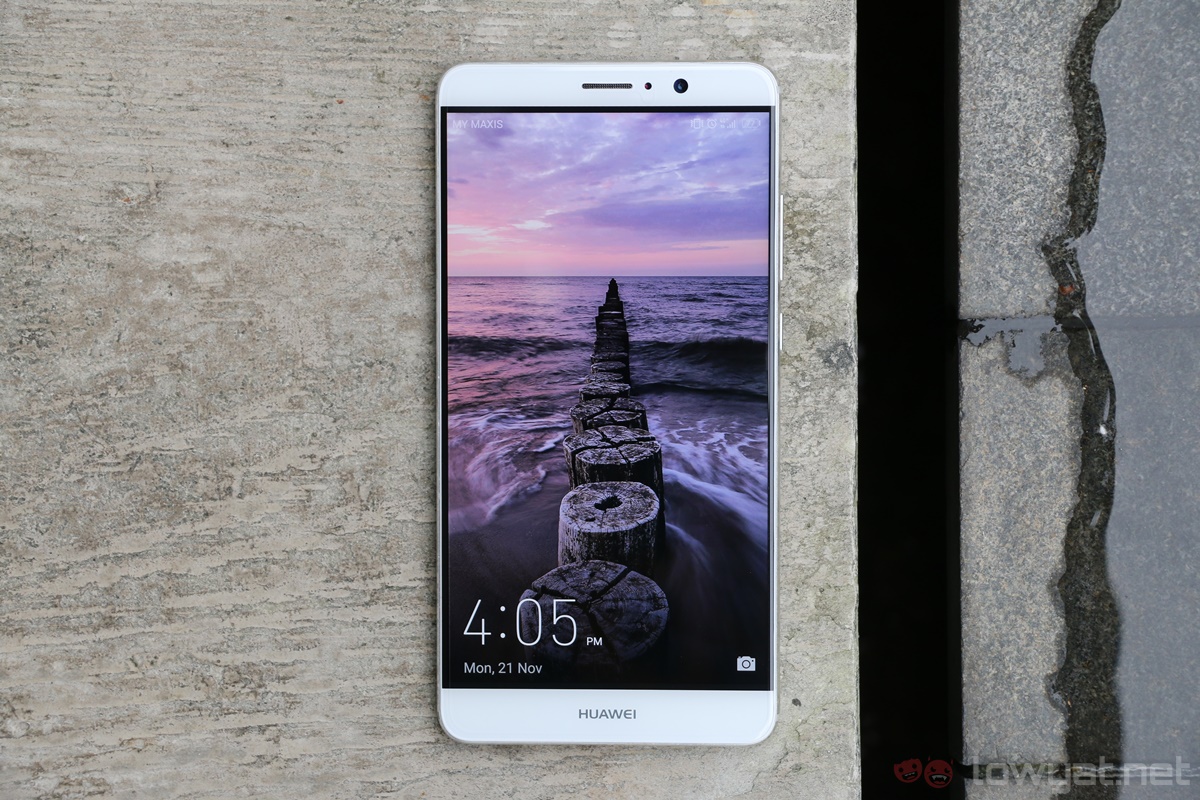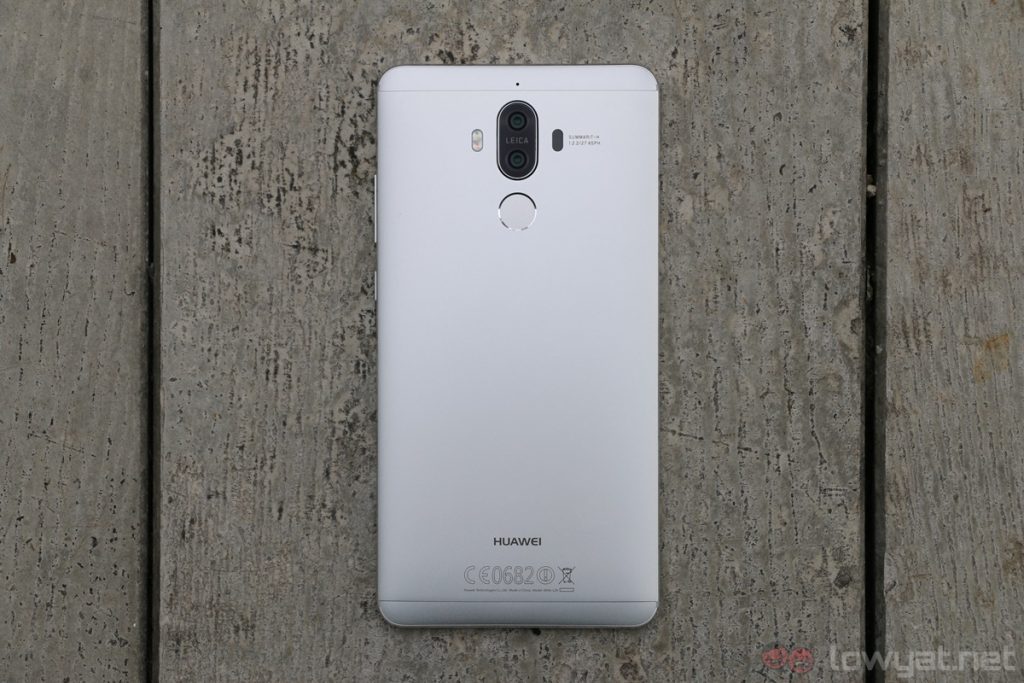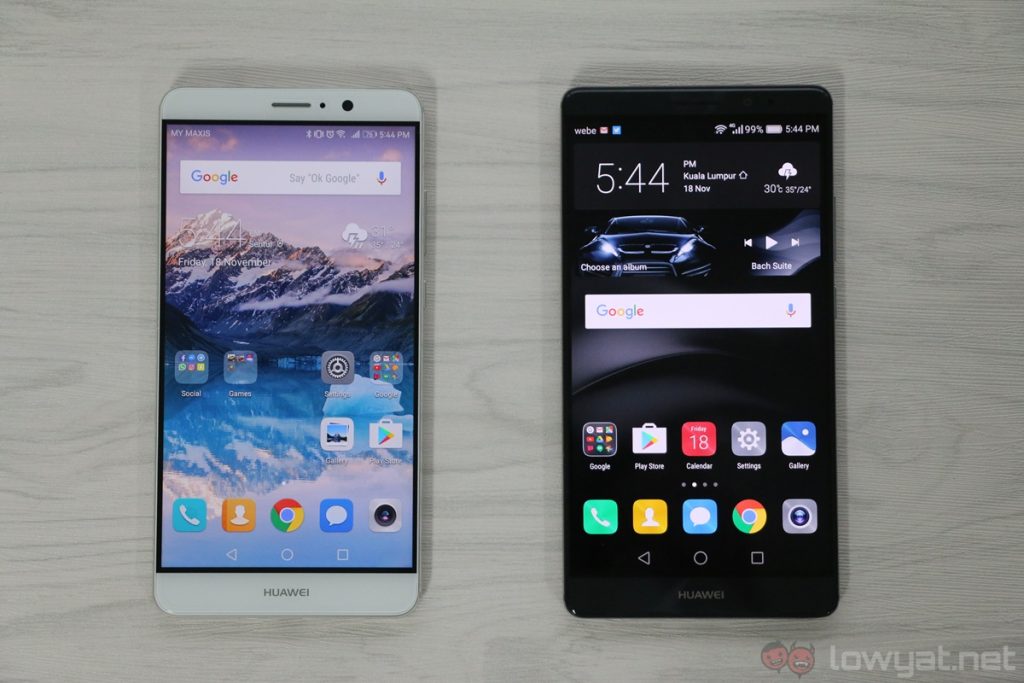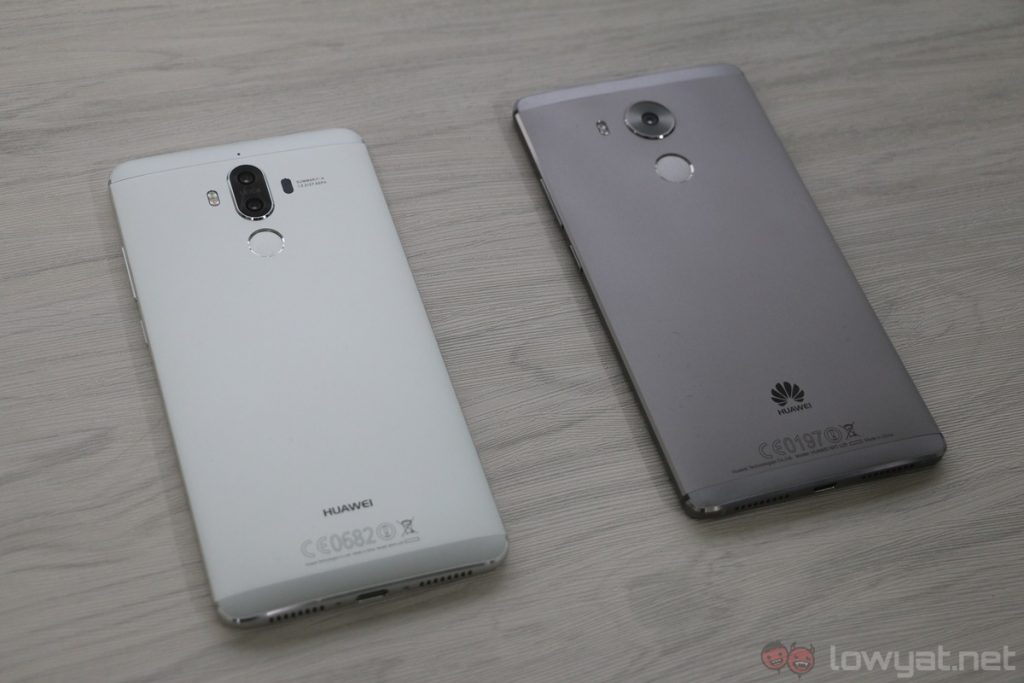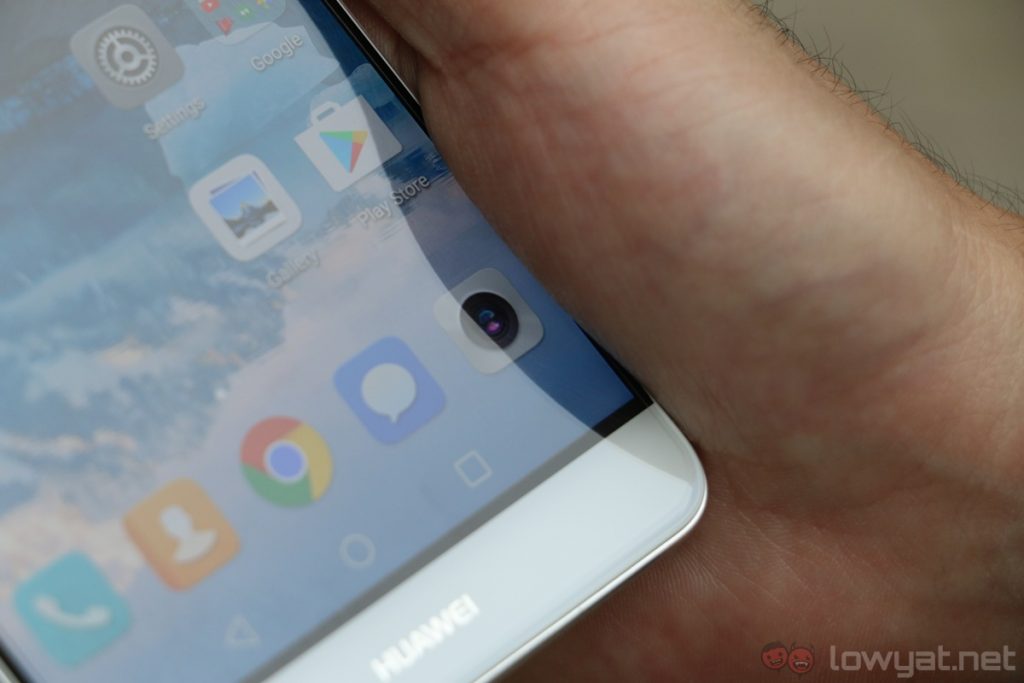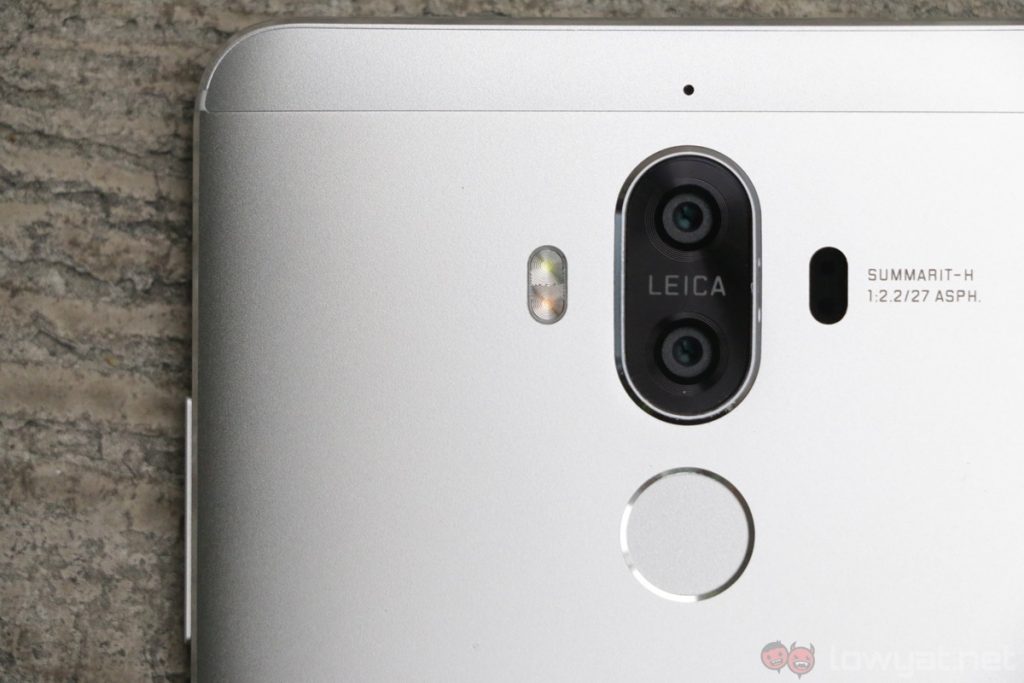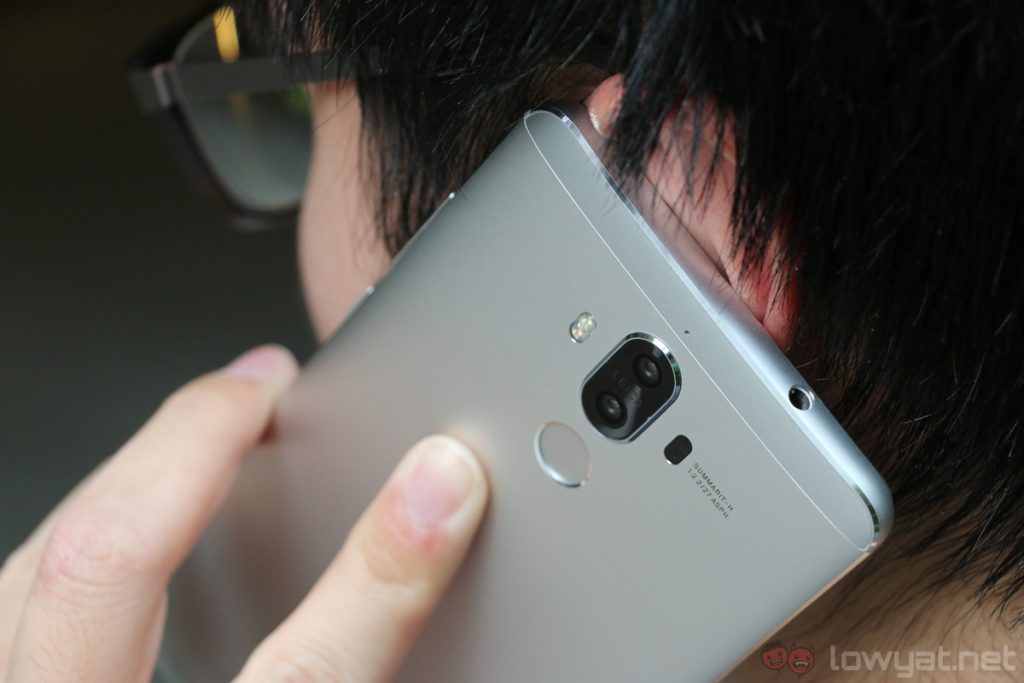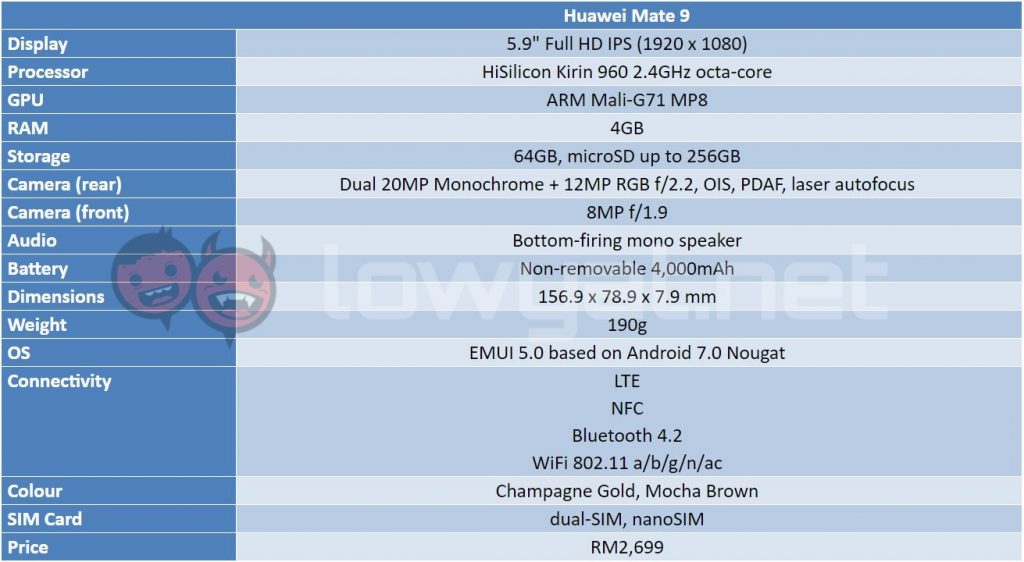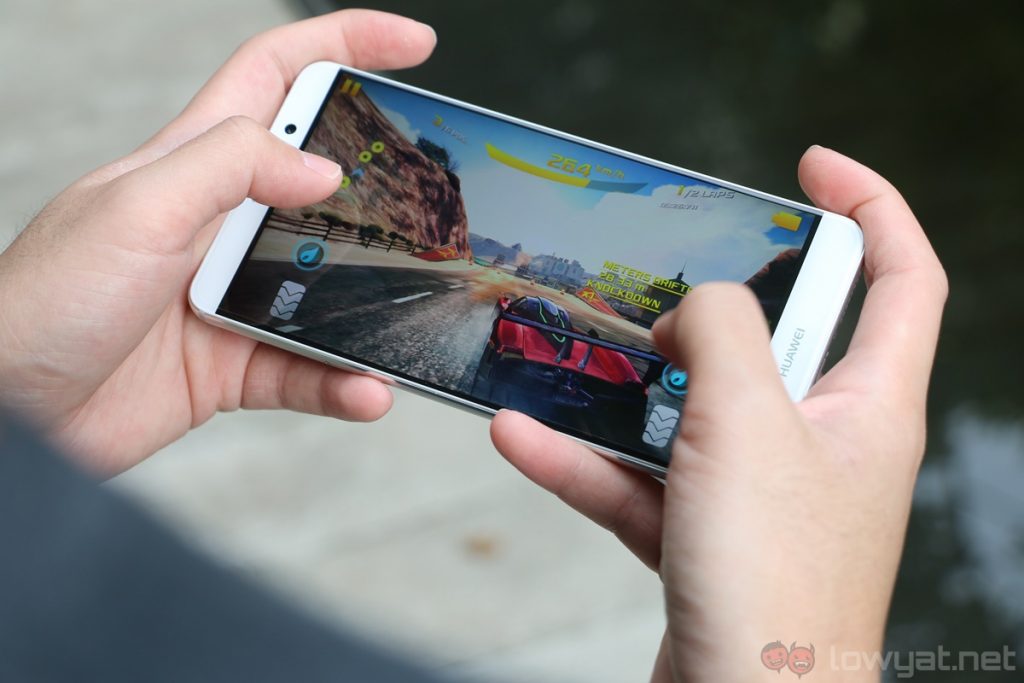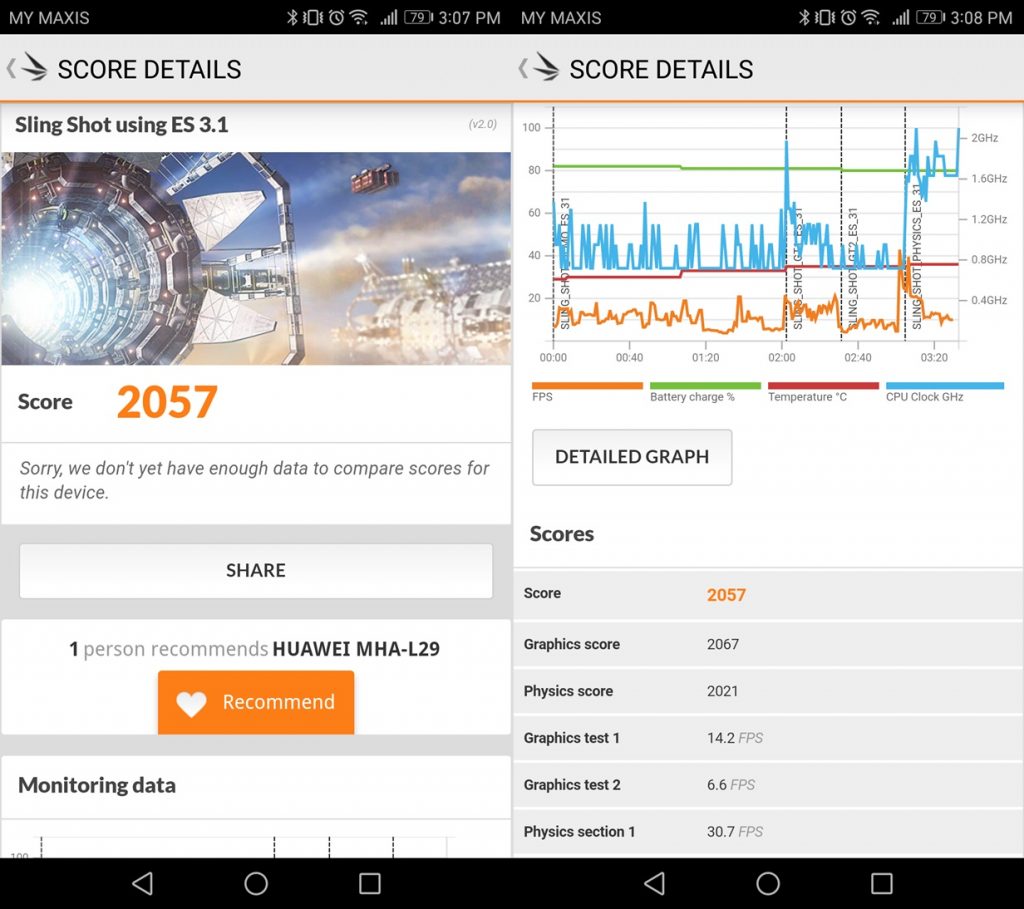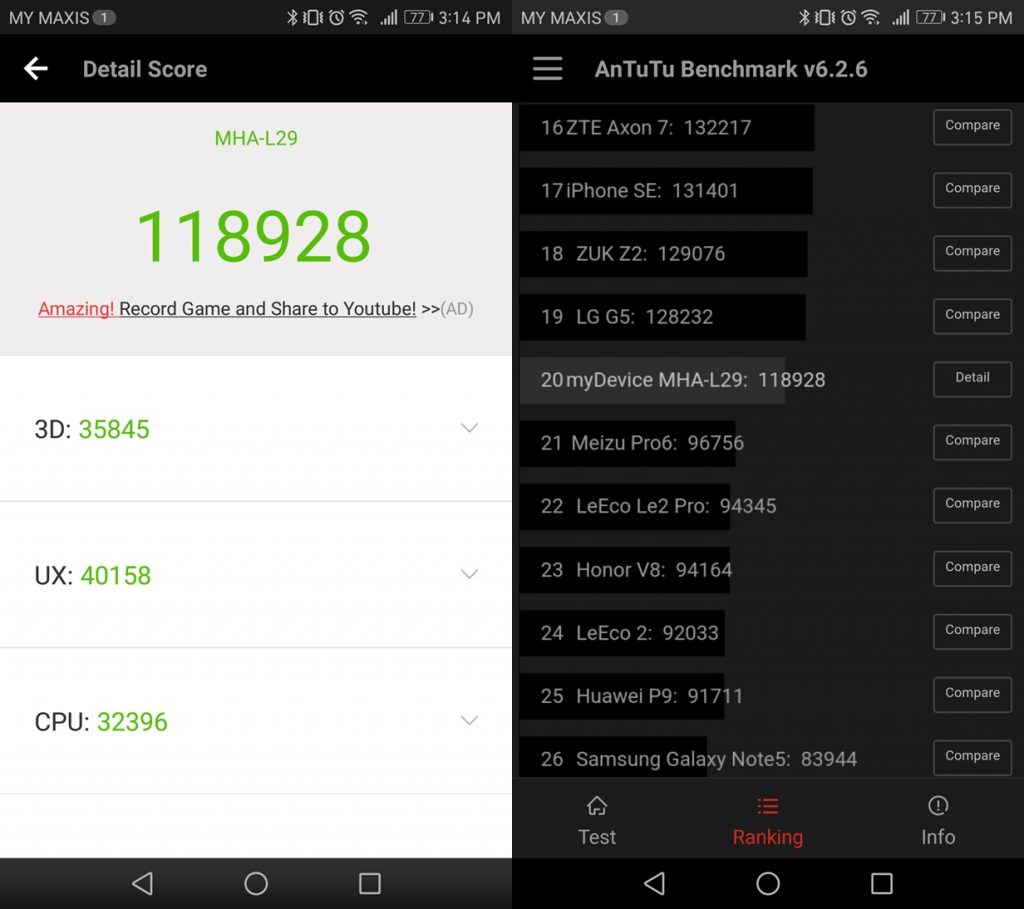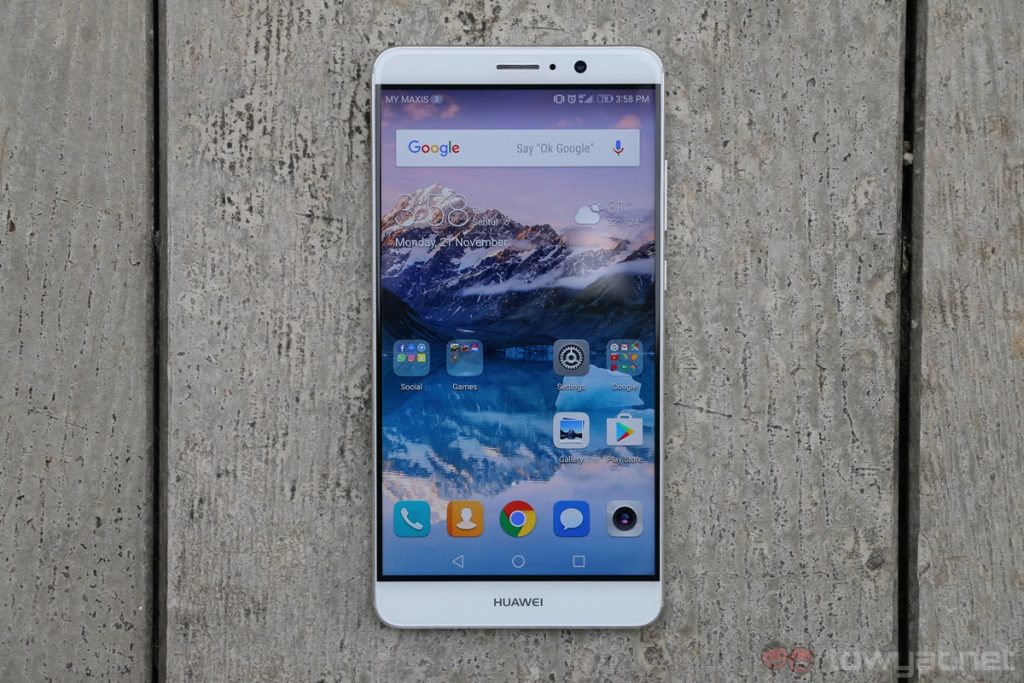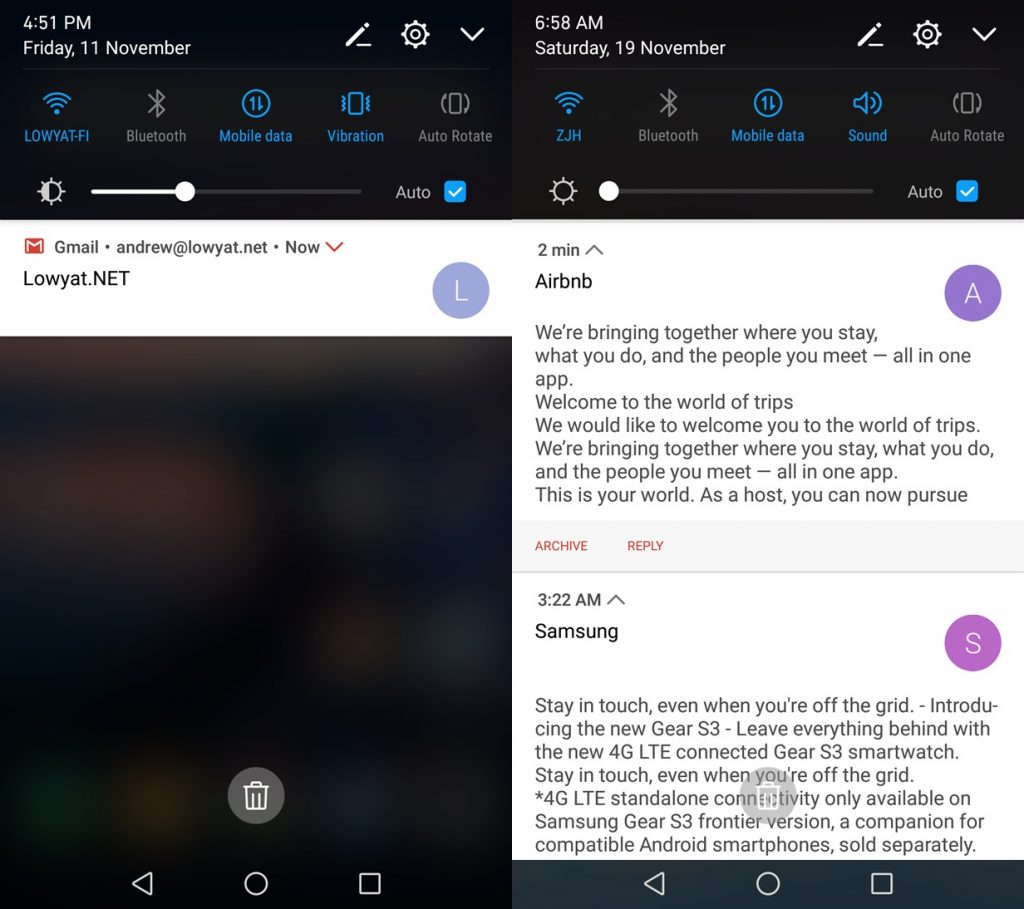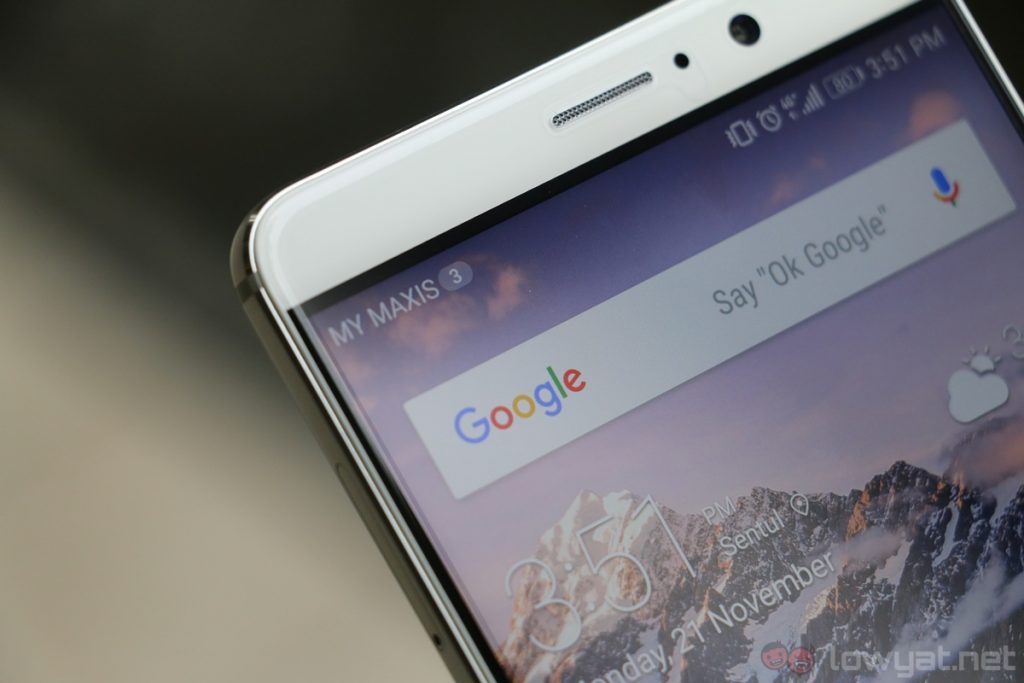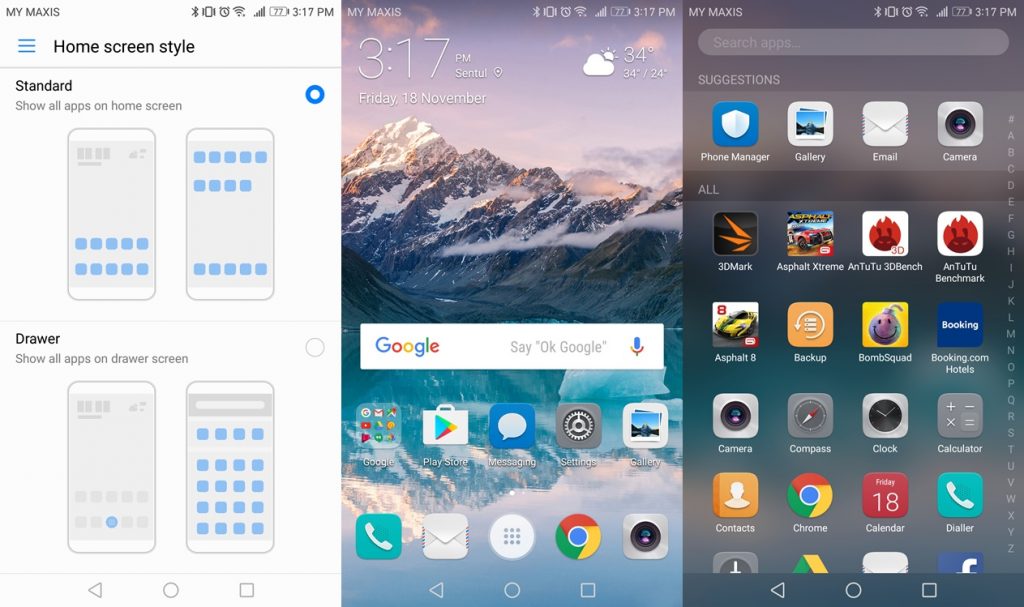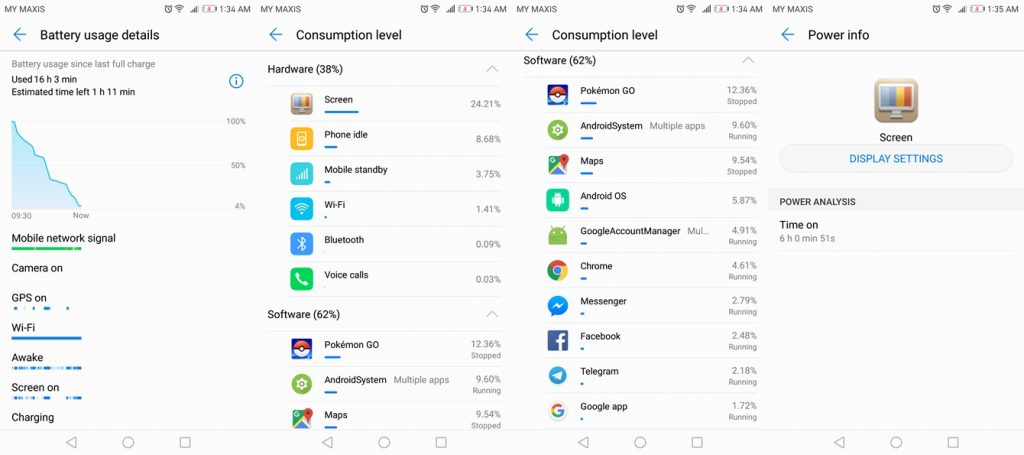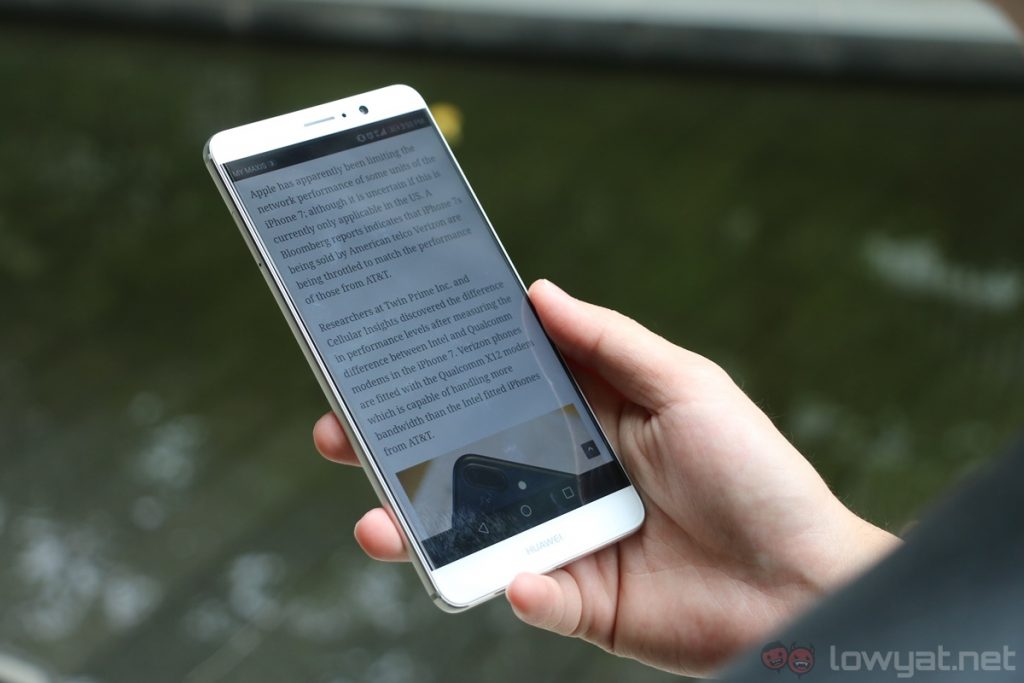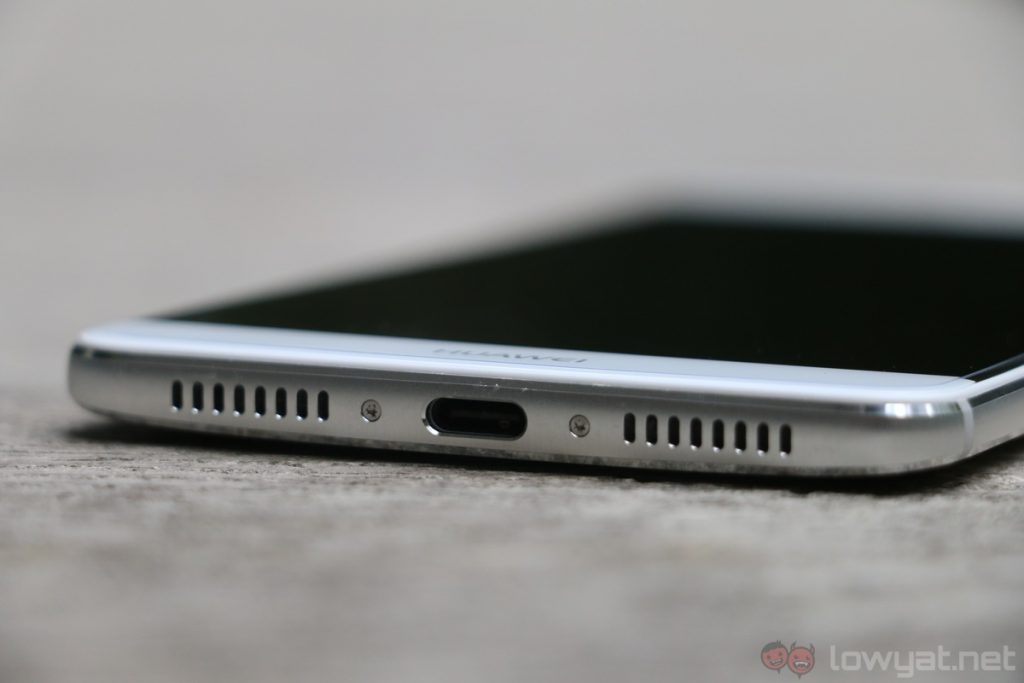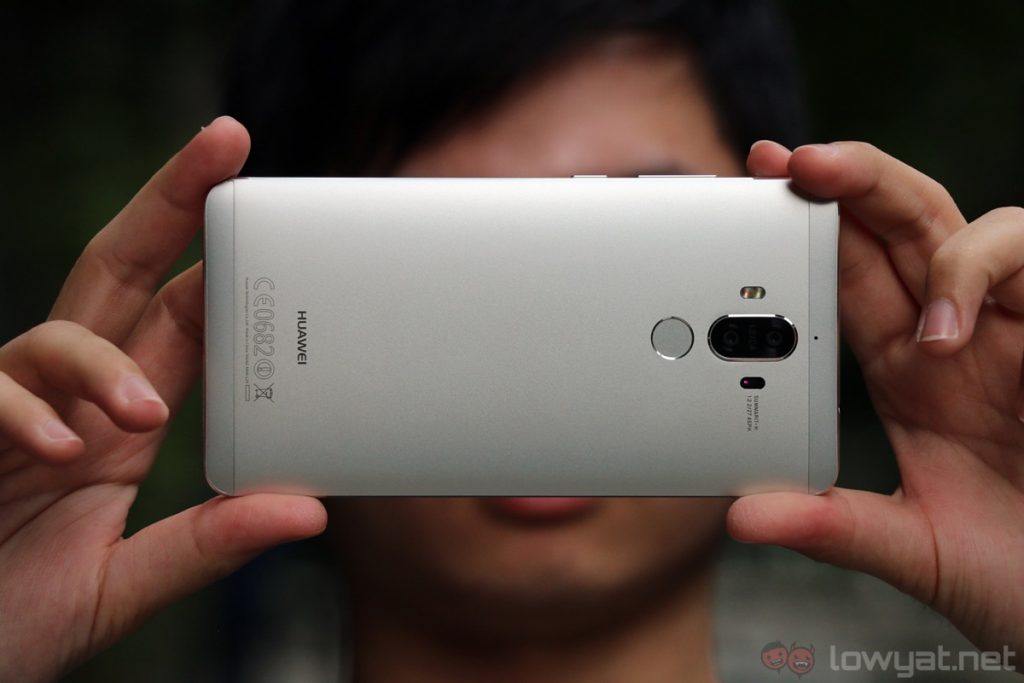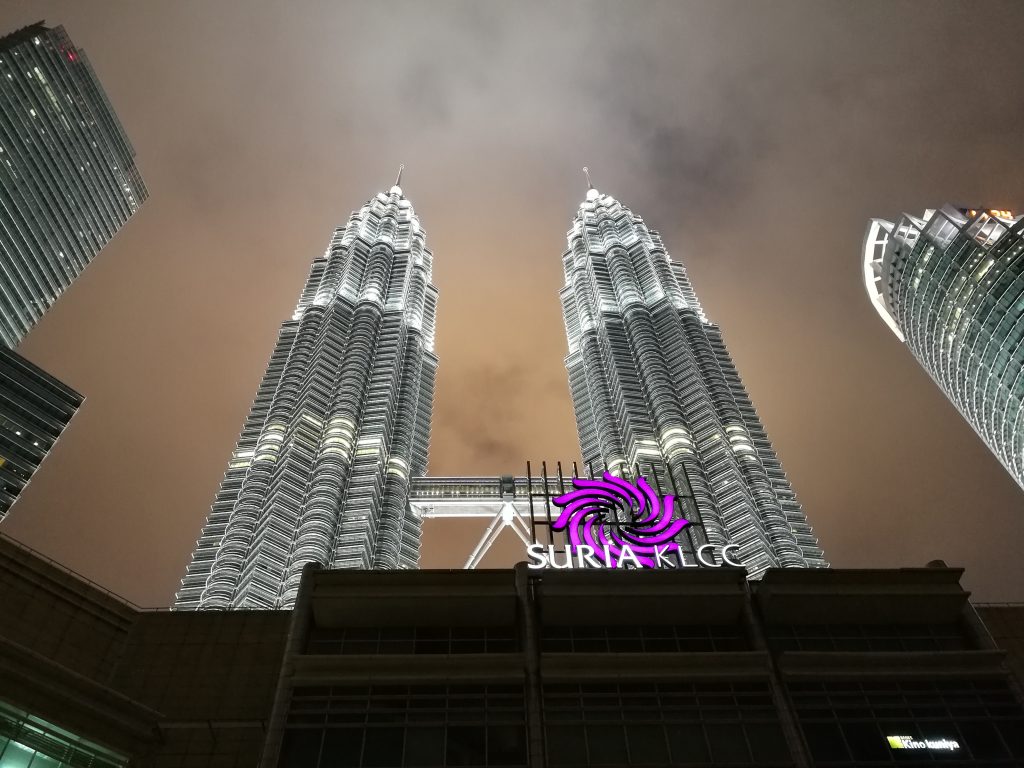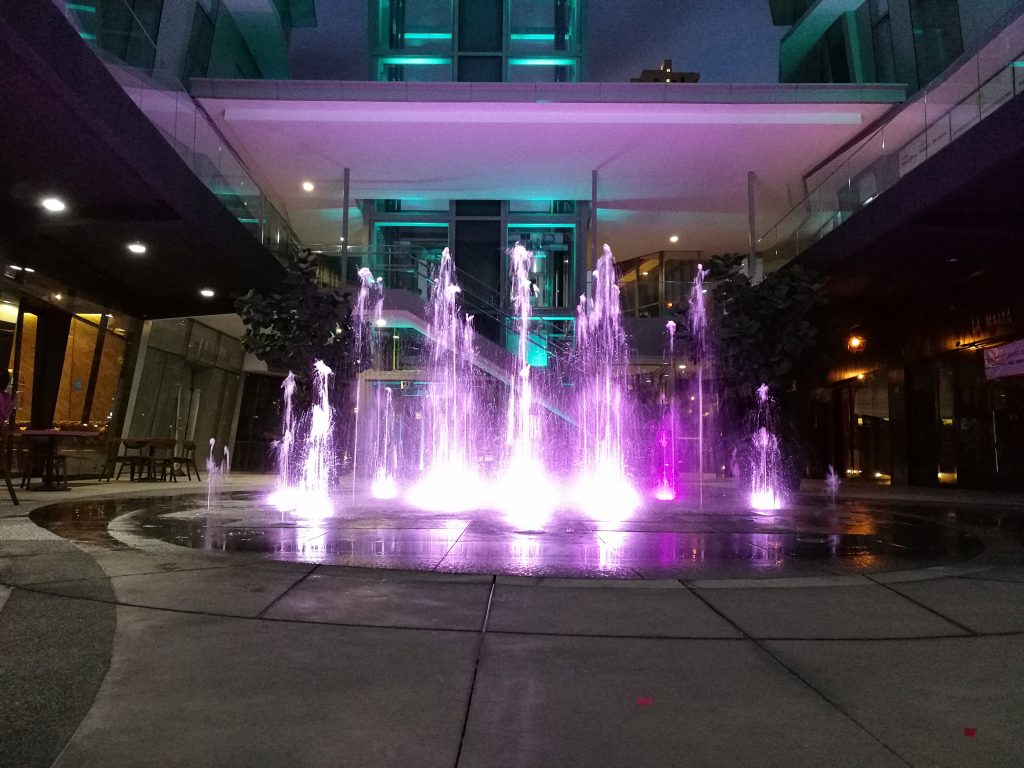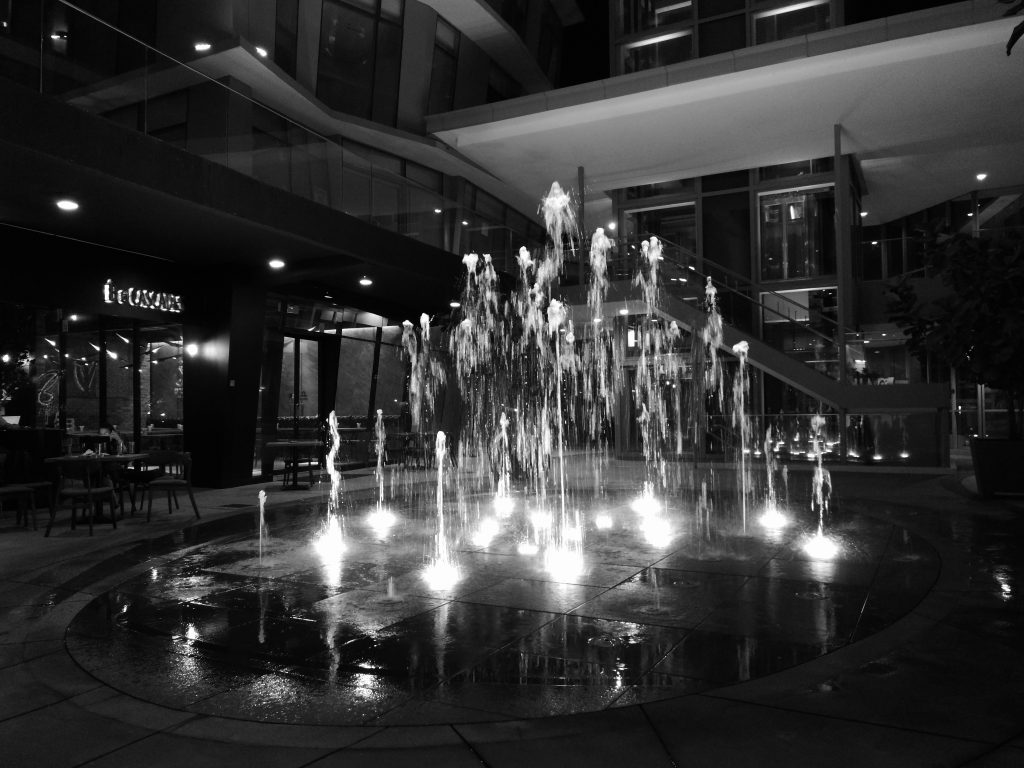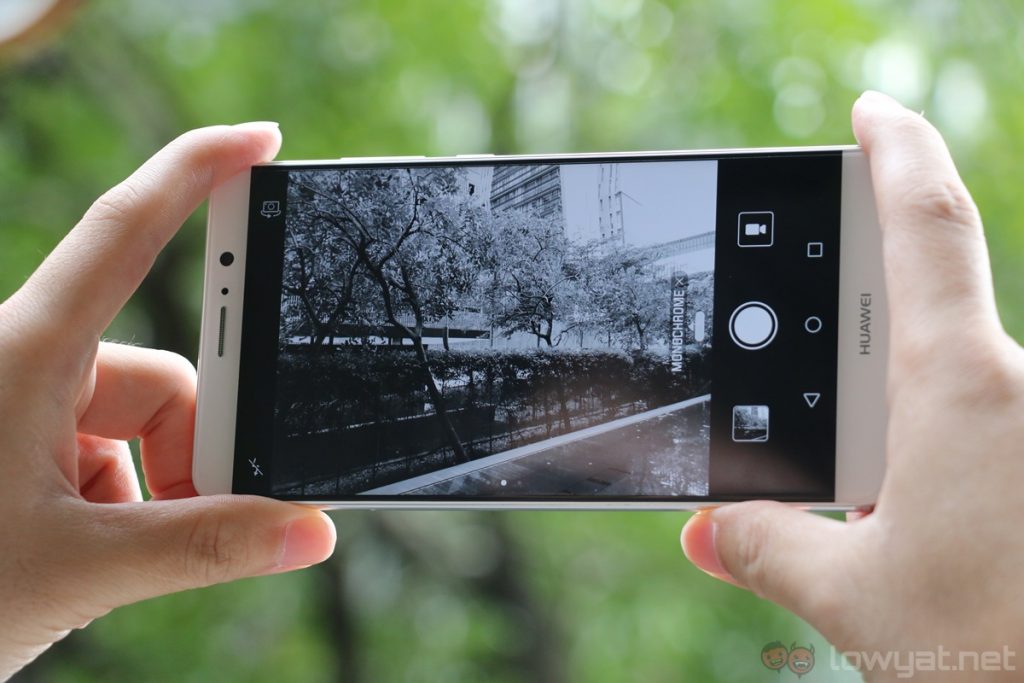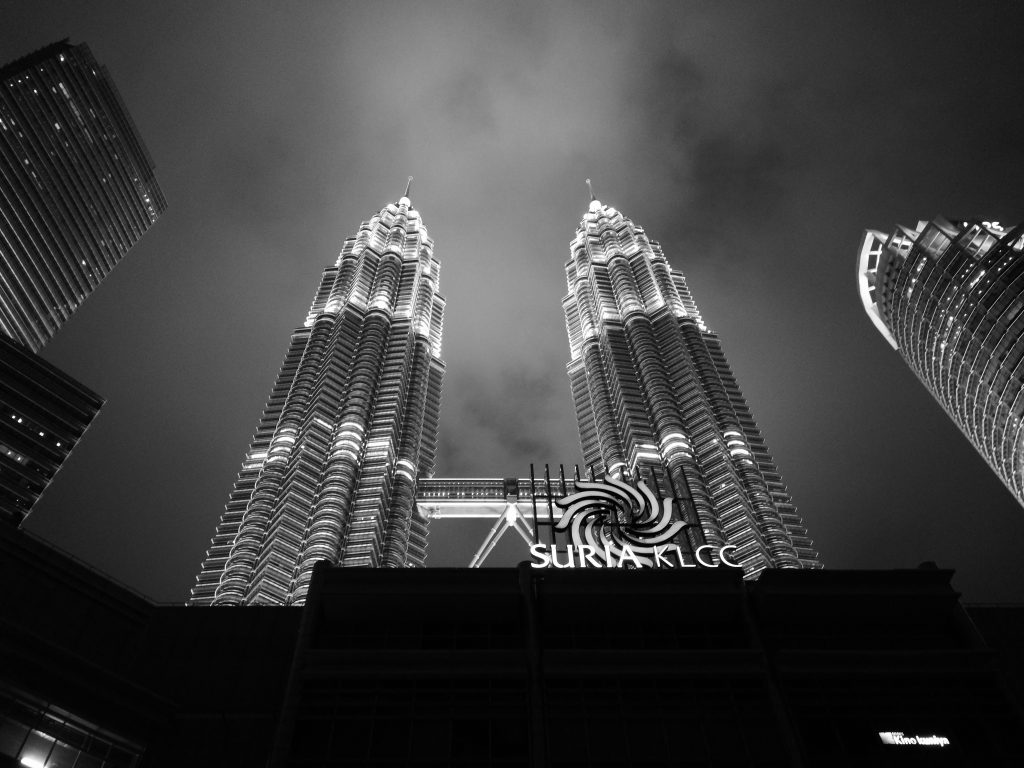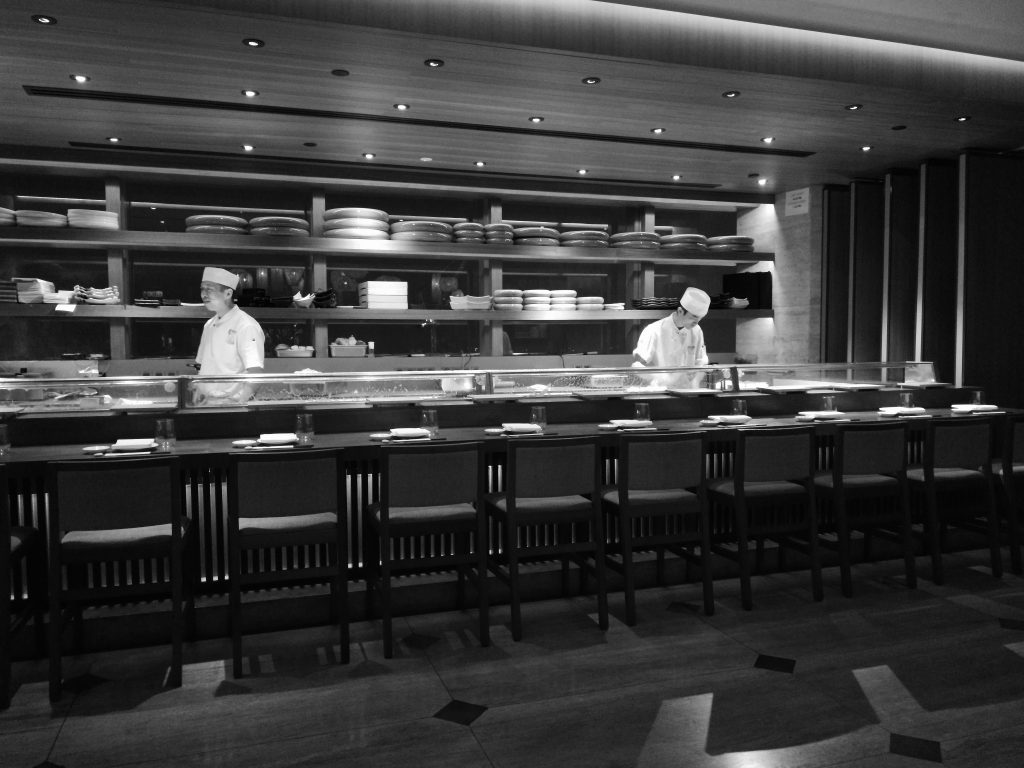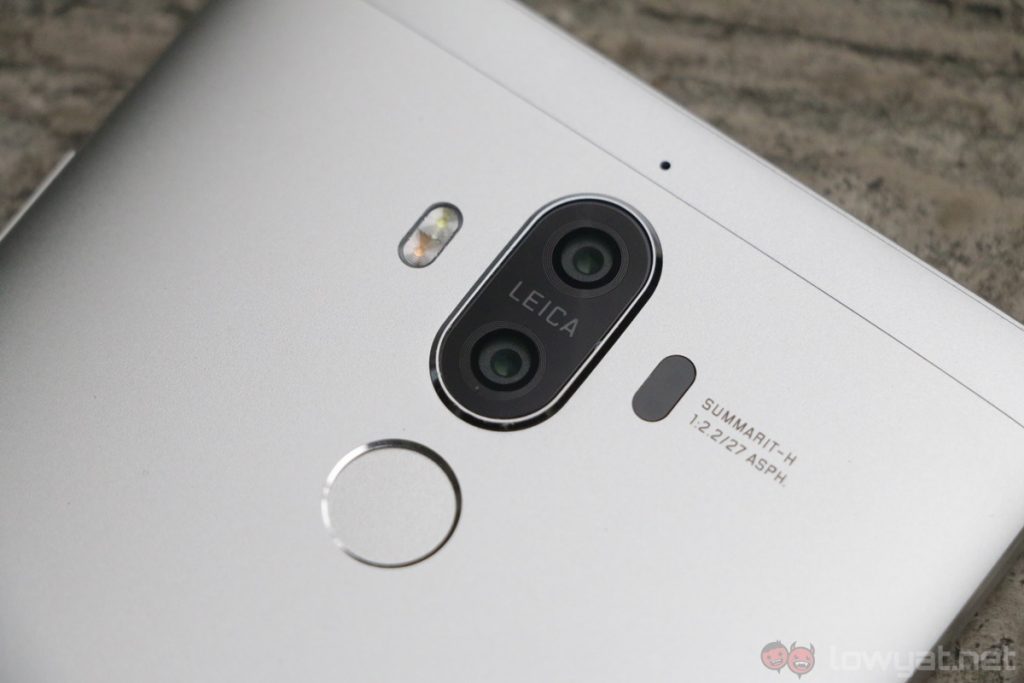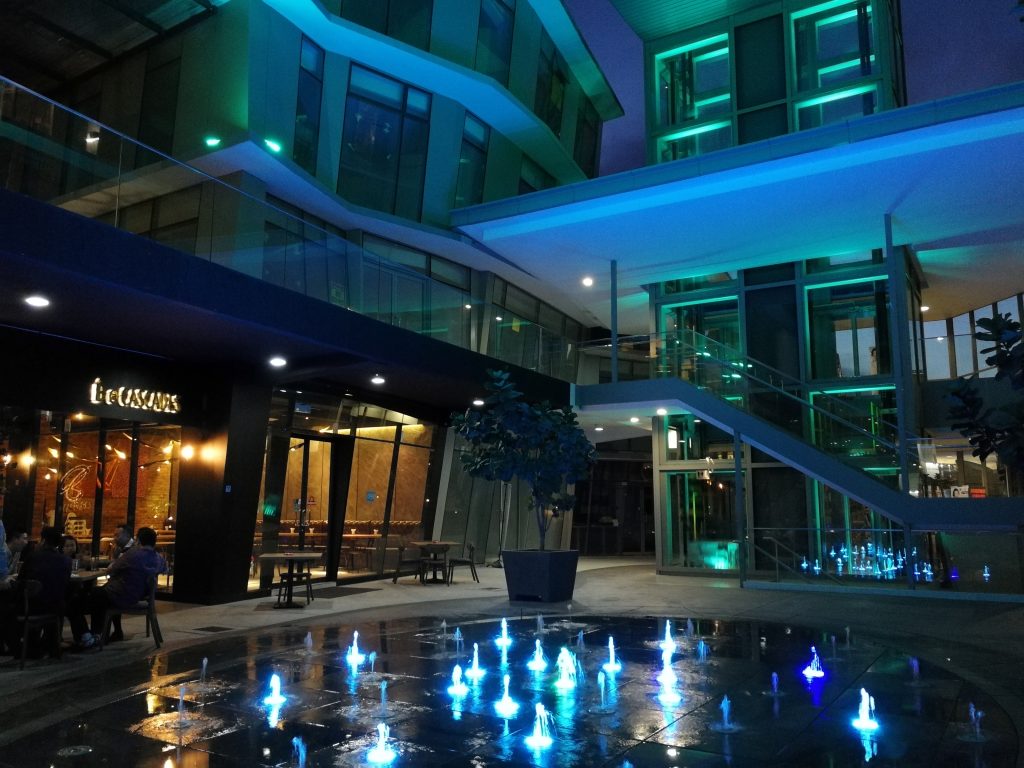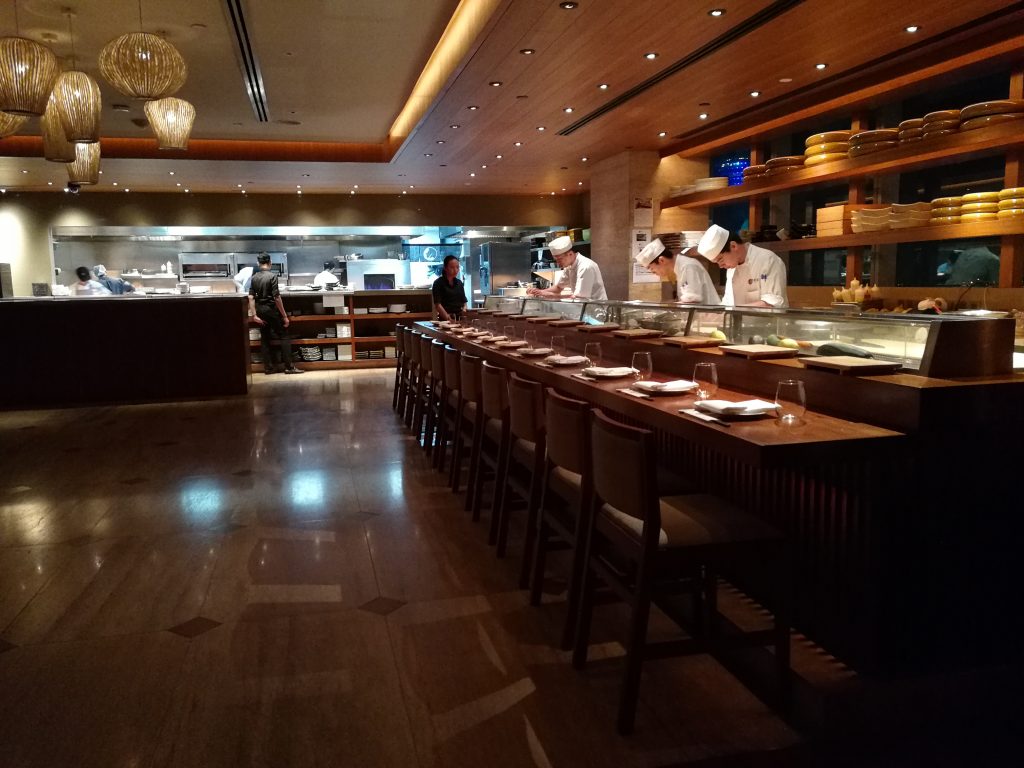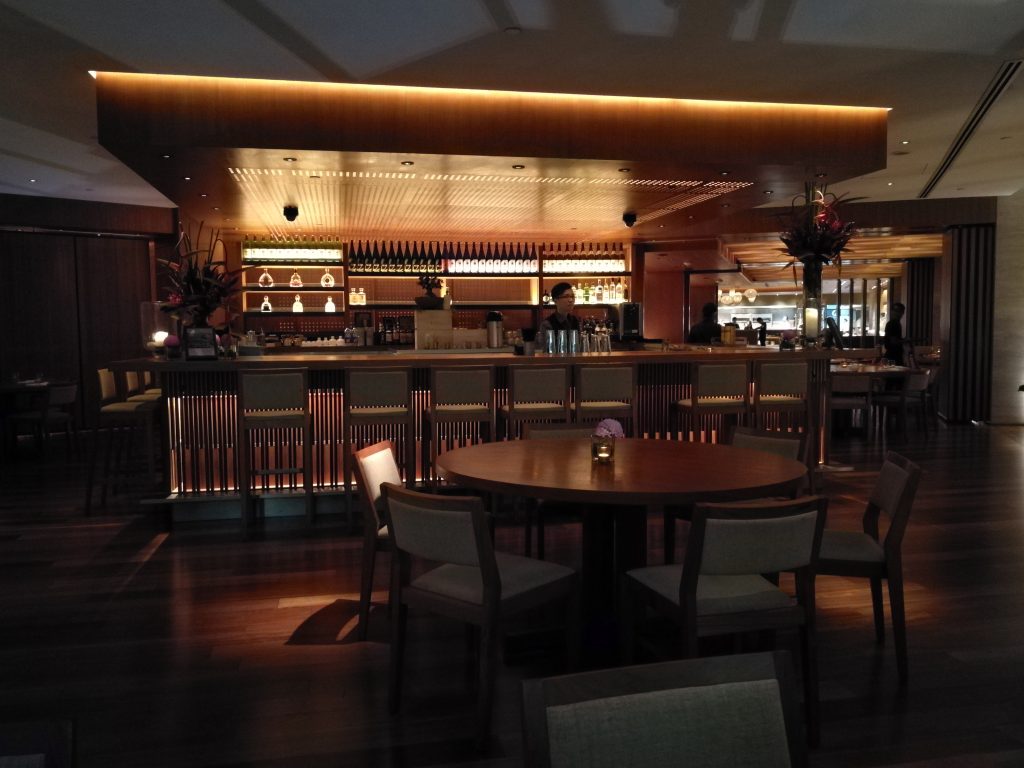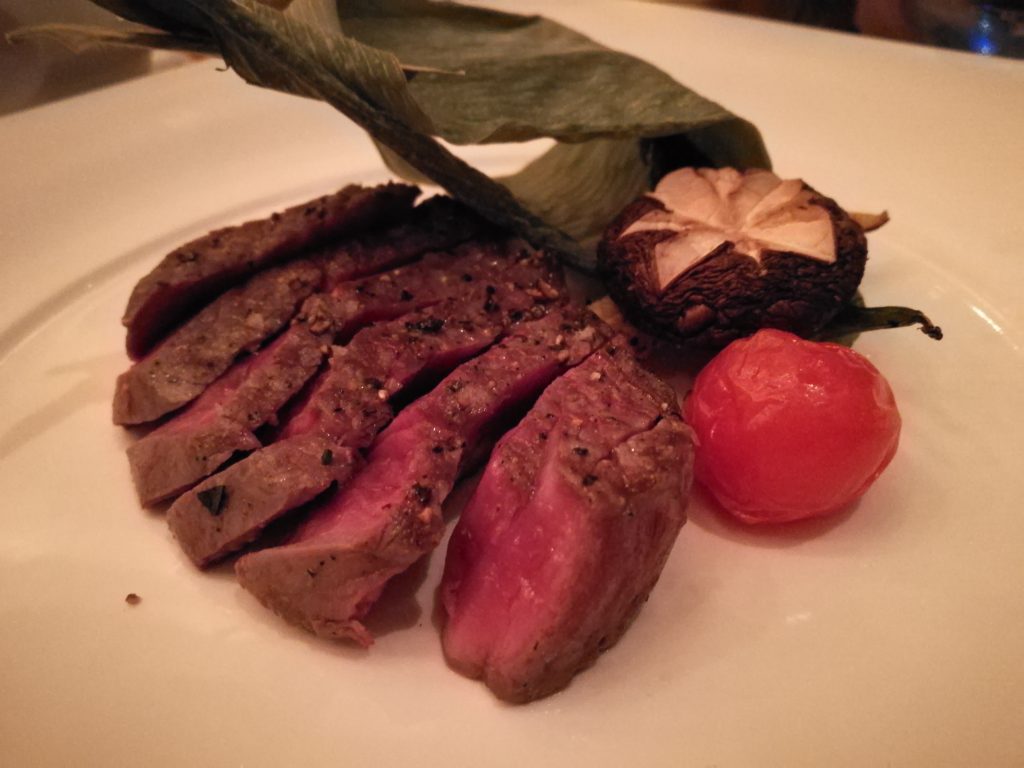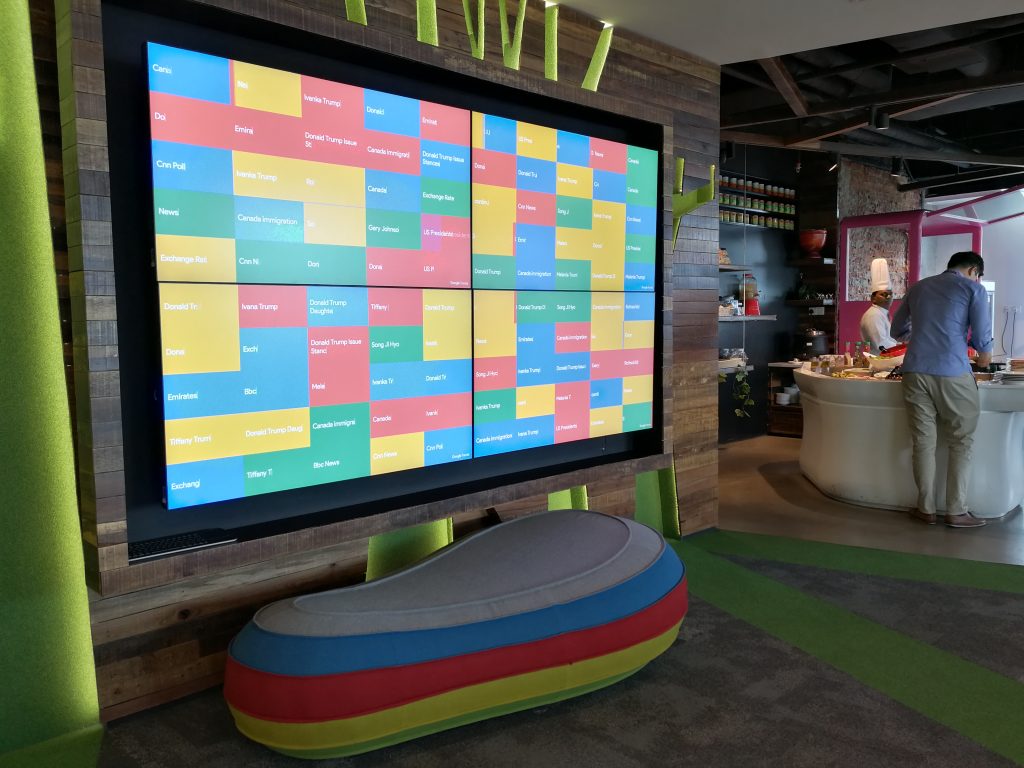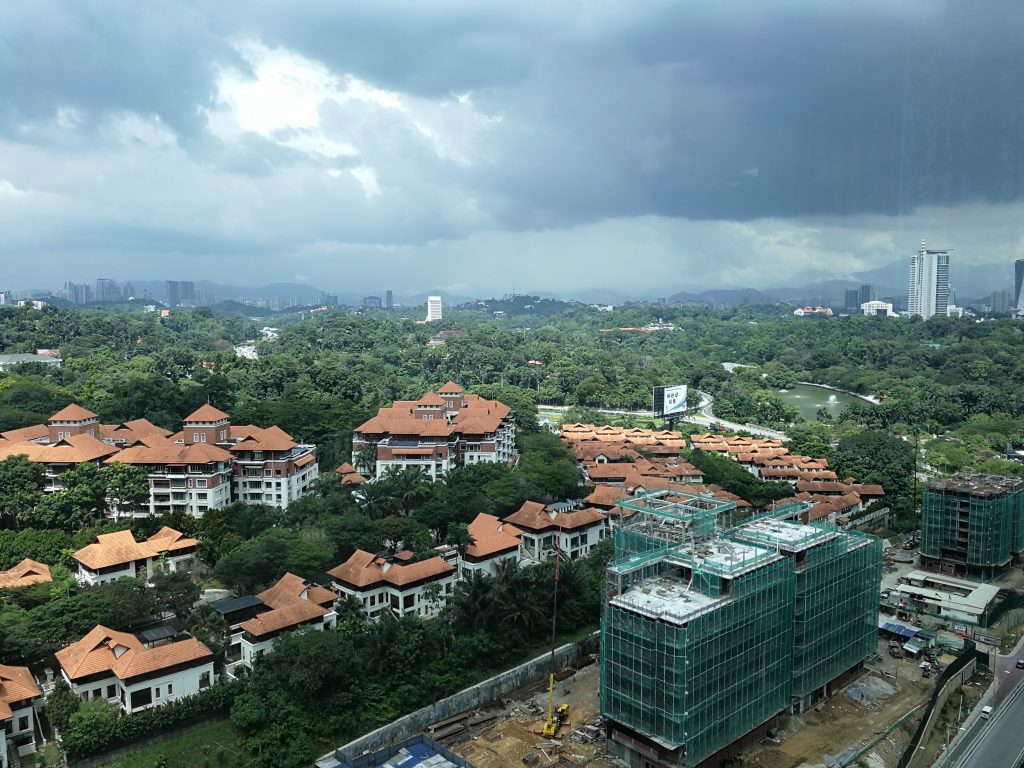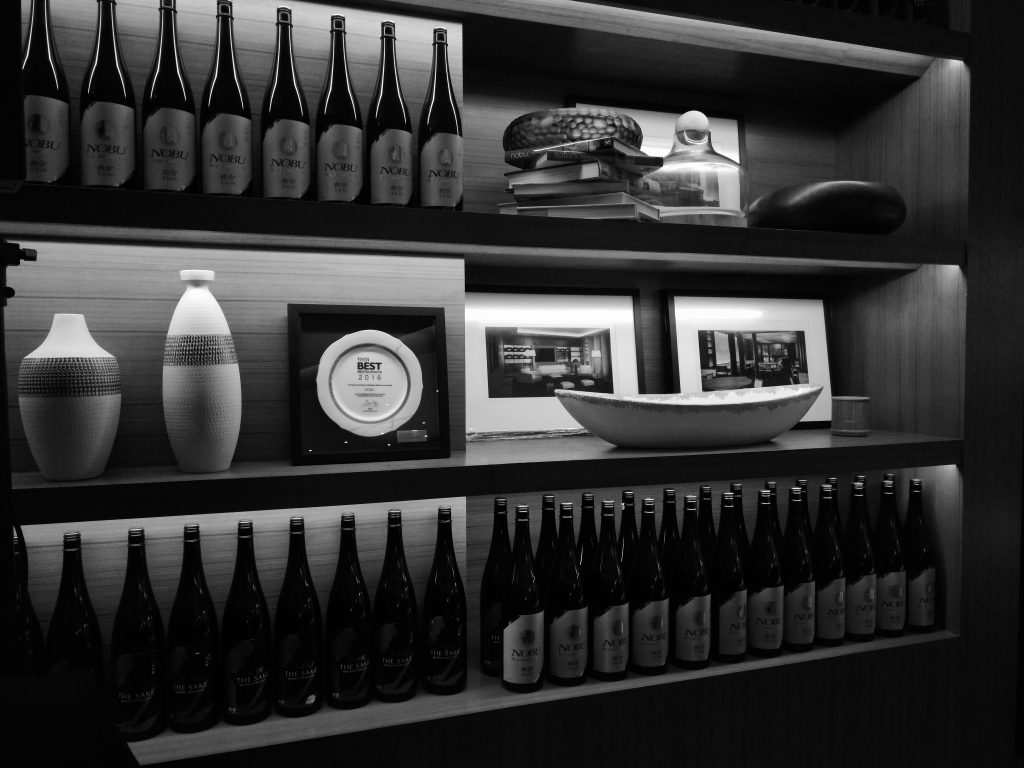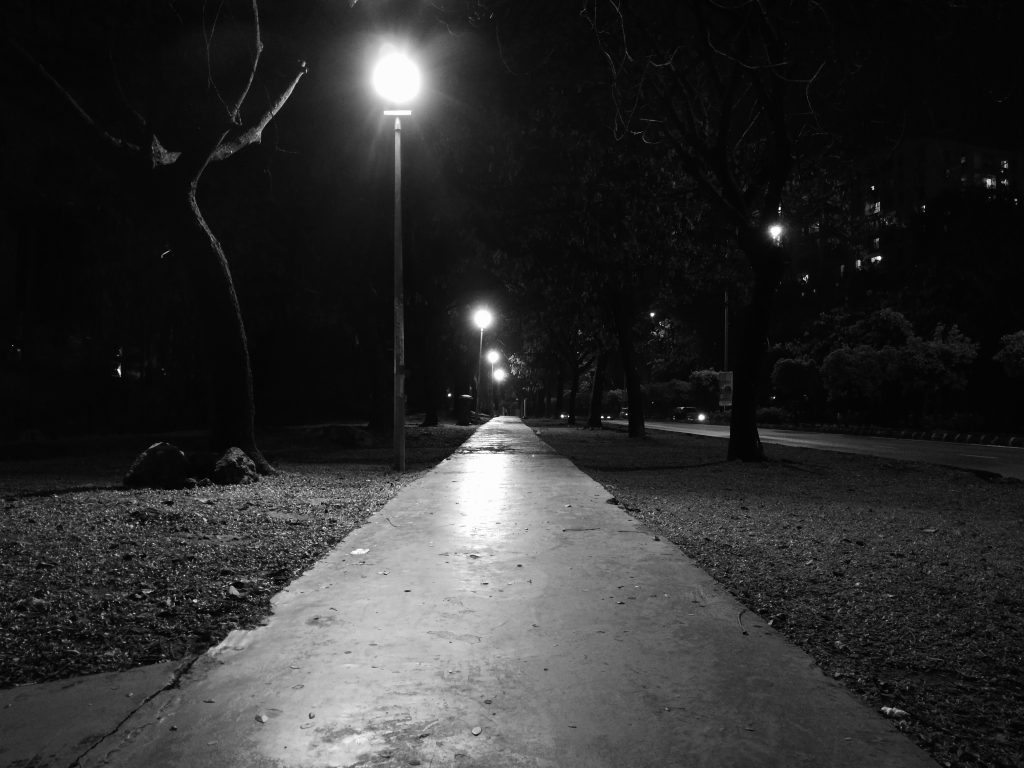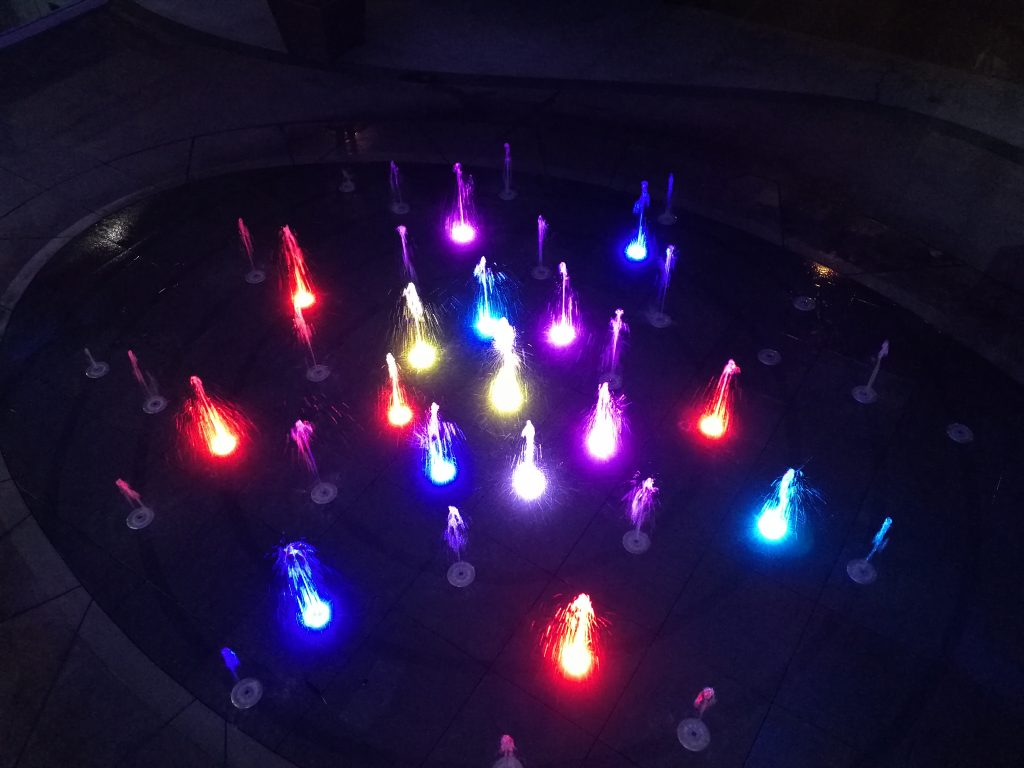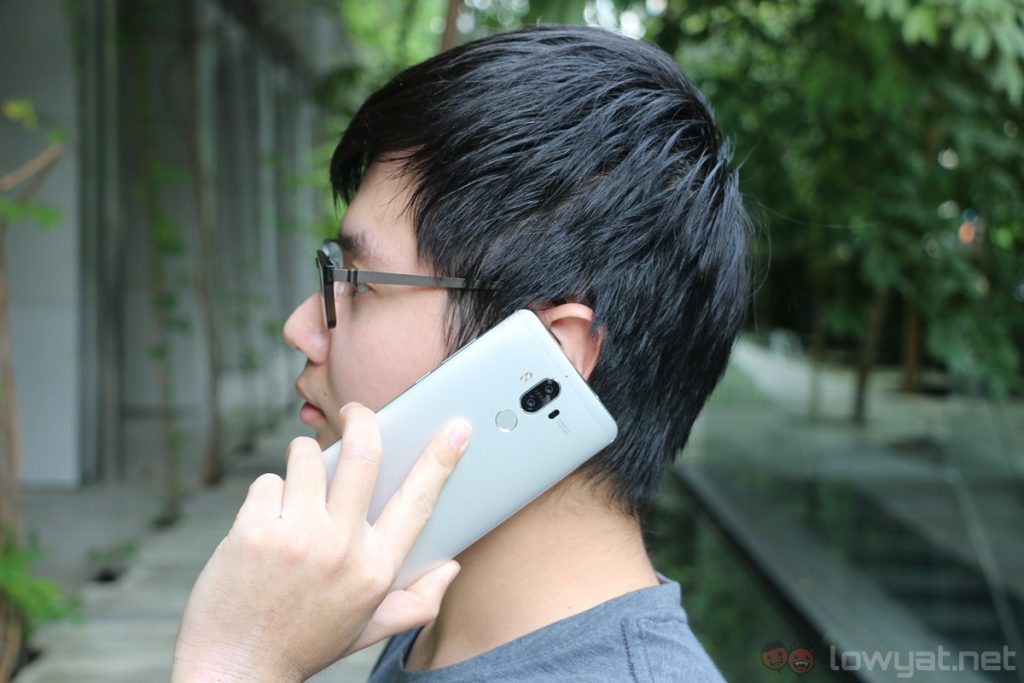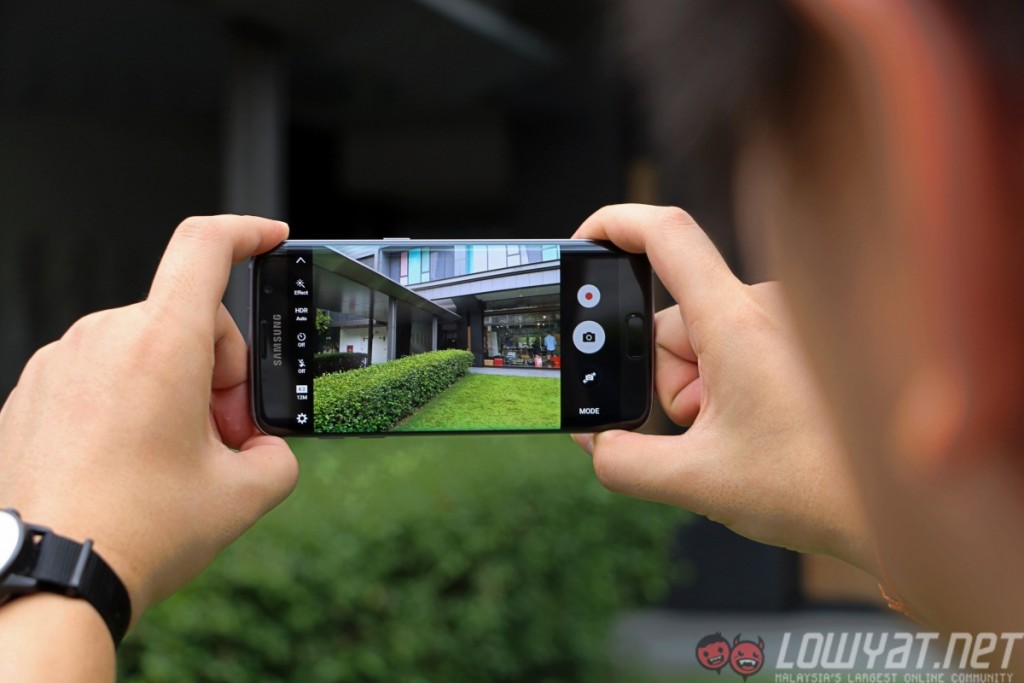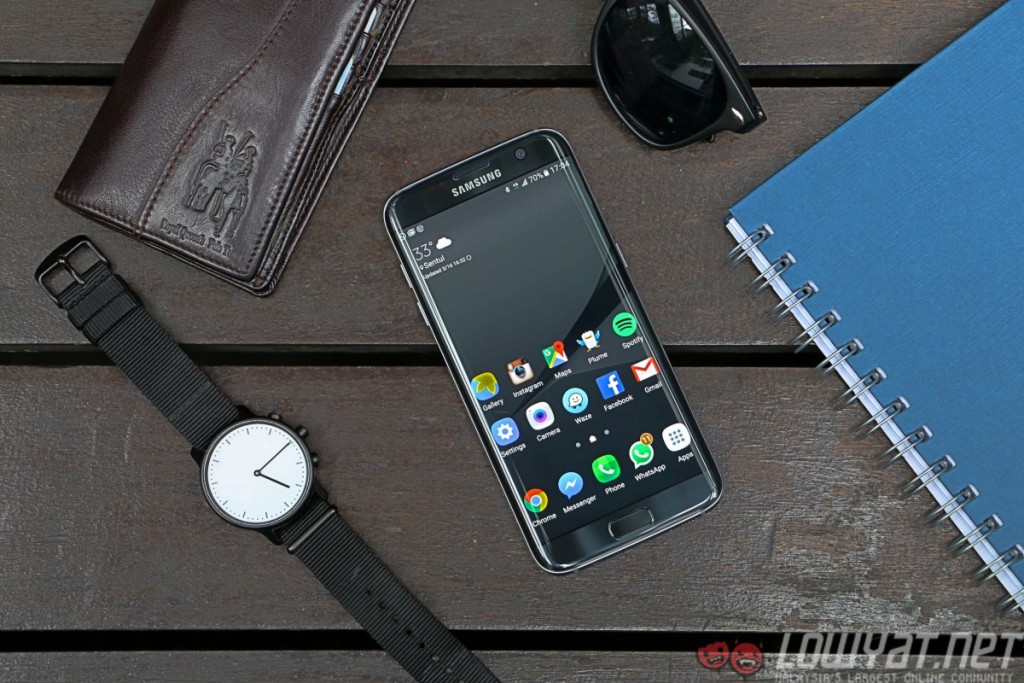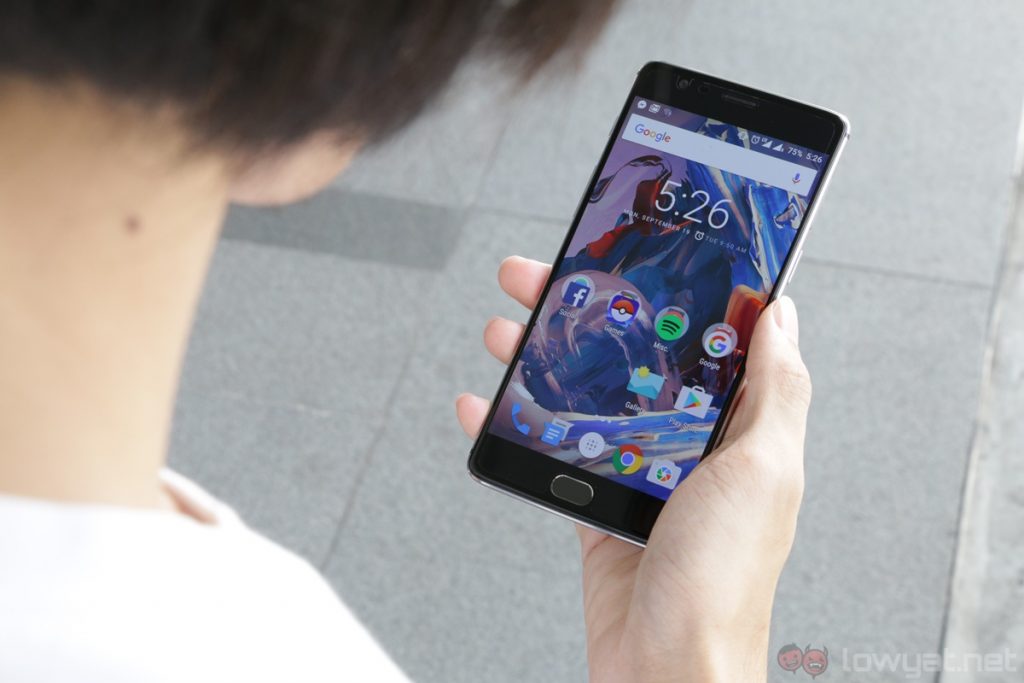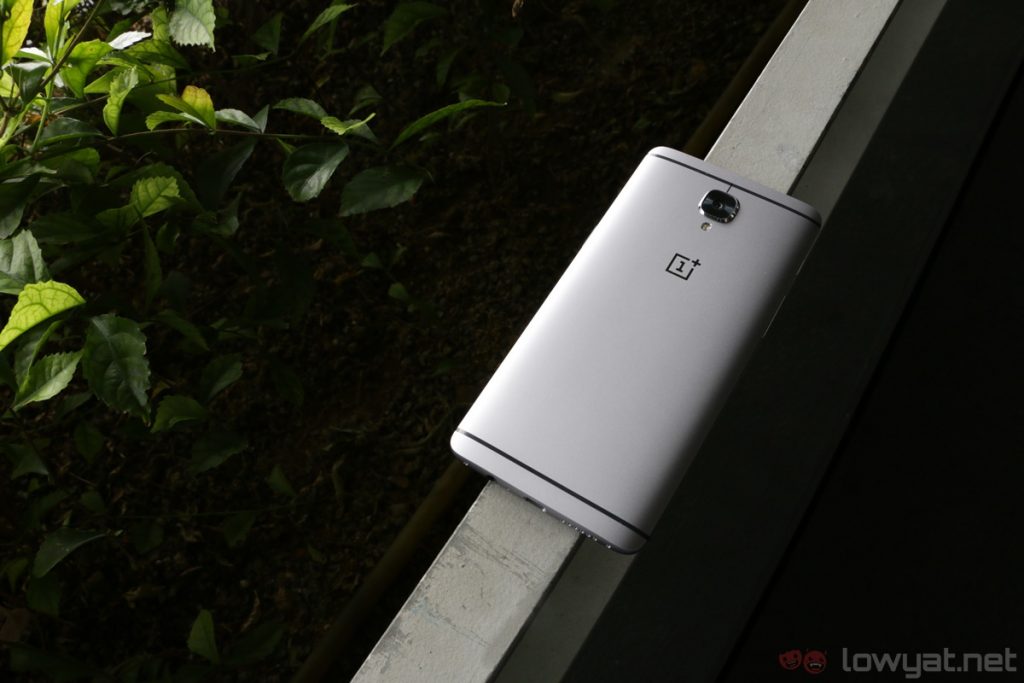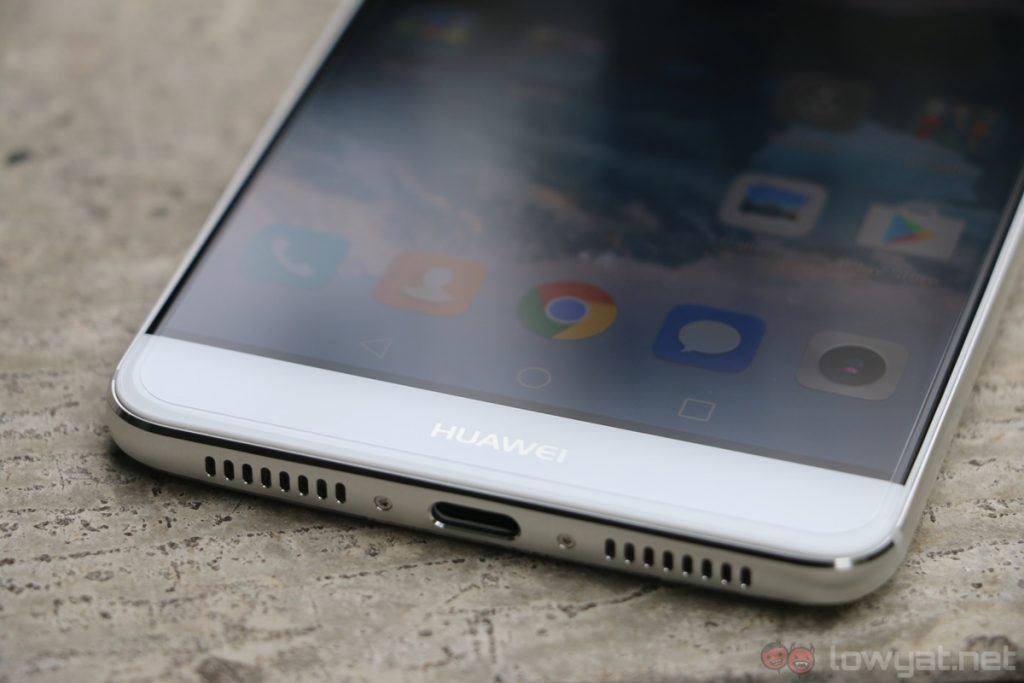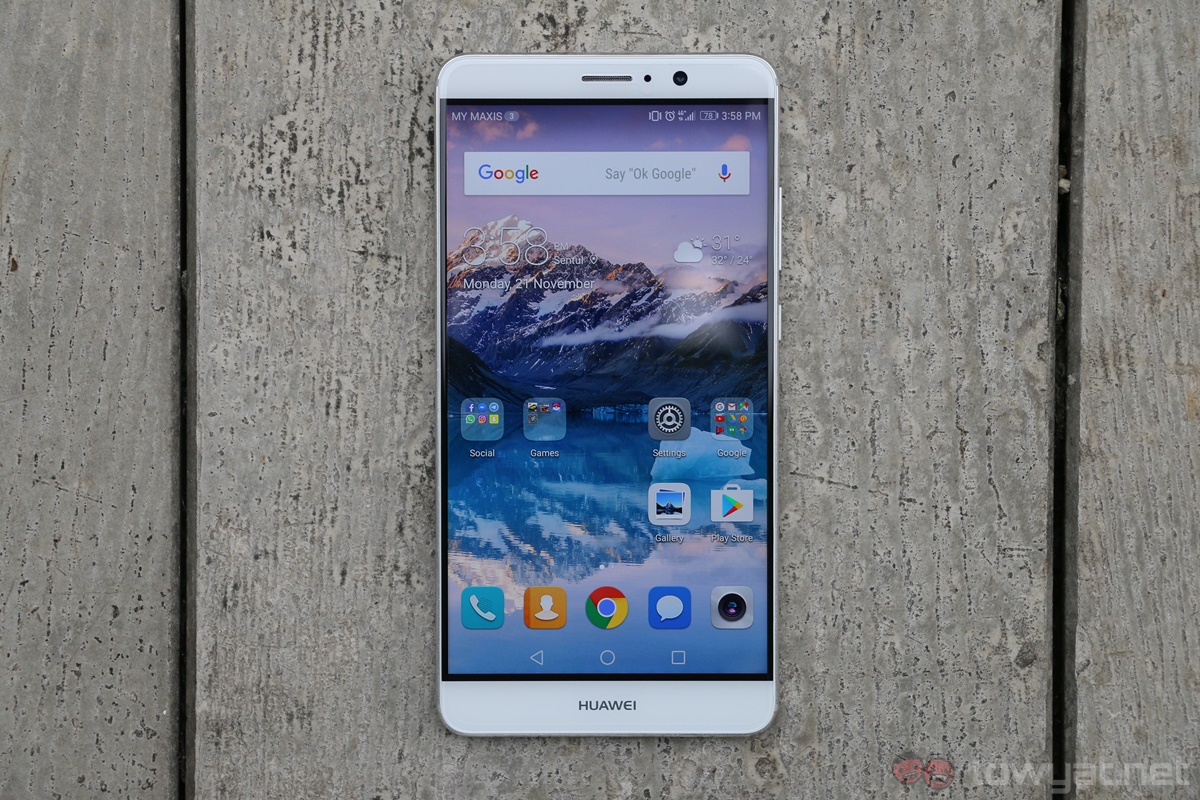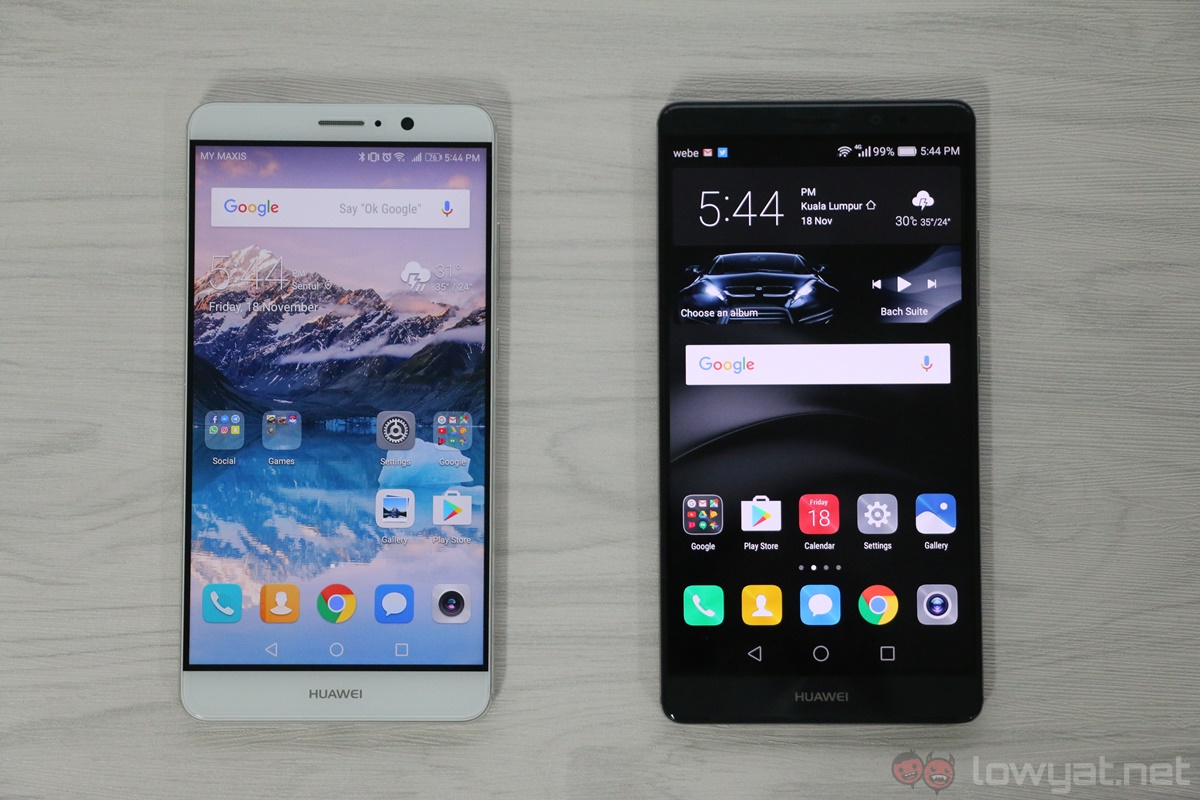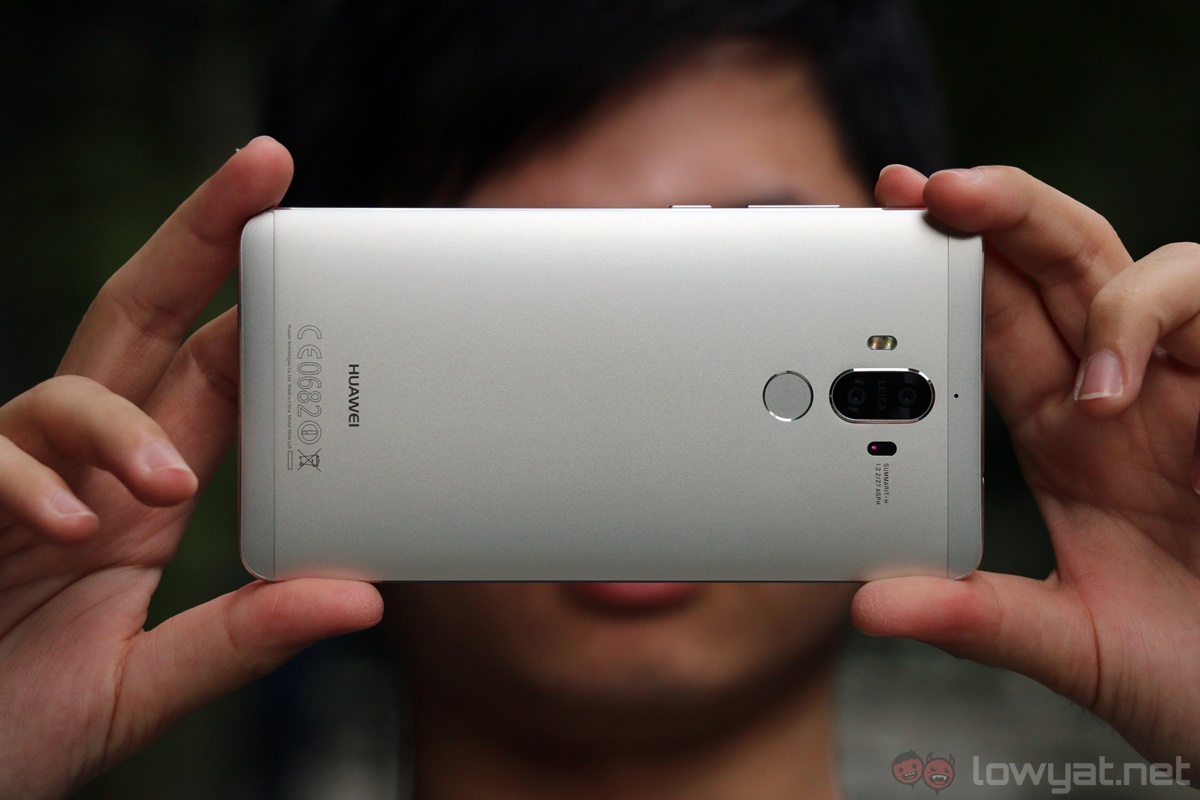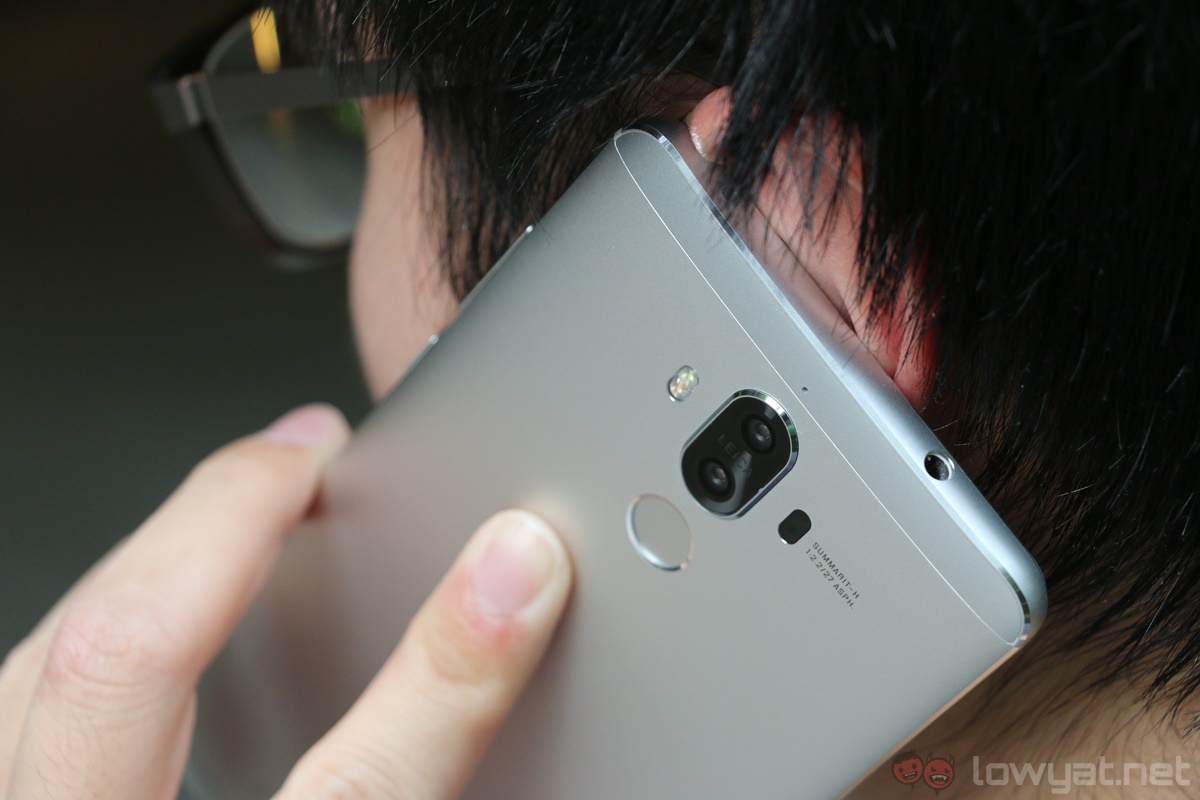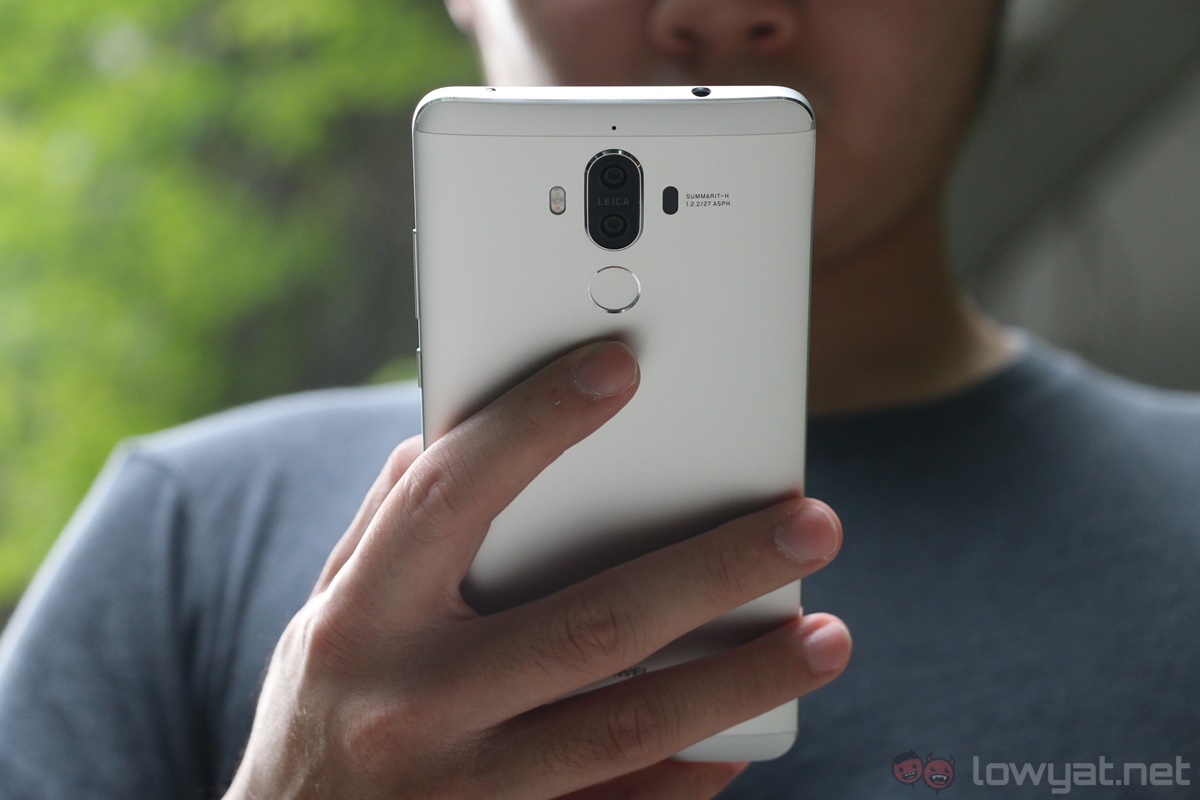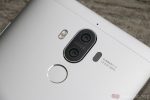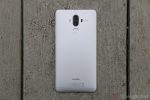Huawei has gotten a lot more aggressive in the mobile space since it introduced the Mate 8 last year. This year alone, the company has collaborated with Leica to produce the Huawei P9, and more recently, Porsche Design as well with the premium Porsche Design Huawei Mate 9.
While these brand collaborations are impressive in their own right, whether or not the Huawei Mate 9 is a great smartphone is an entirely different question. That’s what we’re here to find out, and…as it turns out, there is a lot to like about the Mate 9. In fact, it says a lot that I found using the Mate 9 more enjoyable than many other Android devices released this year.
Design & First Impressions
I used the Huawei Mate 8 extensively earlier this year, and truth be told, the Mate 9 has much, much better build quality and ergonomics. The Mate 9’s slightly smaller display – it has a 5.9-inch display instead of the Mate 8’s 6-inch panel – and rounded sides make it much more comfortable to hold than its predecessor.
While the Mate 8 feels like a big rectangular slab with sharp sides, the Mate 9’s rounded sides and the more pronounced curve of its rear panel makes it more natural to hold in my hands. In fact, in comparison to other flagship smartphones – like the OnePlus 3 – I’d argue that the Mate 9 feels more premium and comfortable to hold.
As far as designs go, the Mate 9’s utilitarian approach really doesn’t differ much from the Mate 8. The back panels of both devices are almost identical, and the front design of the Mate 9 still looks a lot like the Mate 8, which is a good thing: the minimal top and bottom bezels really reduce the overall size of the device.
However, the minimal side bezels proved to be quite a nuisance; my palm almost always accidentally touch the lower right corner of the display.
Other than that, the Mate 9 also doesn’t look quite as sleek as the Mate 9 Pro and its dual-curved display; the metal back of the device is quite slippery too. I actually almost dropped the device several times, although this is really a characteristic inherent in metal phones.
The top and bottom parts of the rear panel are plastic panels coloured the same as the metal back, but its different feel gives it away. This is likely to remove unsightly antenna lines, but for some reason I think these usually unsightly lines may have given the Mate 9 more character here.
Not surprisingly, the fingerprint sensor of the Mate 9 is blazing fast; it is by far one of the quickest – if not the quickest – sensor I’ve ever used. A slight tap on the sensor is enough to unlock the device, and it almost never fails. It’s so fast, it’s almost become a party piece (“let me show you how fast my phone unlo- oops, I’ve unlocked it!”).
The Mate 9 may not be the sleekest-looking smartphone in the market – it’s not really a strong point in the Mate series – but it is what it is: functional and utilitarian. It’s comfortable to hold, it’s well-built, and it looks premium too. While it doesn’t exactly outshine other competitors in the design department, its other qualities certainly do – especially its Leica-branded dual-camera system.
Hardware
This is the first smartphone in the market to ship with Huawei’s brand new HiSilicon Kirin 960 processor, and it’s a fast, fast chipset. The Mate 9 is by far one of the most responsive smartphones I’ve ever used – almost similar to the Xiaomi Mi Mix‘s performance, in fact – and gaming on it is simply a joy.
Benchmarks
Software
Shipped with EMUI 5.0 based on Android 7.0 Nougat, the Mate 9 is one of the first smartphones in Malaysia to come with the latest version of Android out of the box. Thankfully, many characteristics of Nougat are retained in EMUI 5.0, such as split-screen mode, the revamped notification panel, and even the ability to quickly switch between two apps by double tapping the menu button.
That being said, I did encounter some oddities with EMUI 5.0. For one, there’s the white-on-white colour issue in the notification panel: for a while I actually wondered why my emails were missing their subject lines before eventually realising they were in white (see screenshot below).
Other than that, the fact that notifications only show up as numbers on top of the device is very unintuitive and downright ridiculous: I have to pull down the notification shade just to find out where are these numbered notifications coming from. There’s no way to see what app pushed the notification, forcing you to swipe down to see more.
Aside from that, one of EMUI’s best features is retained on the Mate 9: the useful fingerprint sensor gestures. Sliding down on the sensor brings down the notification panel – this is especially useful on a device as big as the Mate 9 – tapping it clears all notification, and swiping up on the sensor closes the notification shade. It’s worth noting that Huawei has implemented this feature long before Google did something similar on the Pixel phones.
As a whole, EMUI 5.0 feels a lot like a polished version of EMUI 4.1 on the Huawei P9 and honor 8. It looks better, it offers many of Android Nougat’s useful features, and it’s a really lightweight and responsive Android skin. And, if you miss having an app drawer, you can actually enable that in EMUI 5.0.
As for the machine learning algorithms in the Mate 9, which supposedly makes the phone faster the longer it is used, it’s not something that I can evaluate in my week-long review of the device.
Battery Life
As was the case with the Huawei Mate 8, the Mate 9’s generous 4,000mAh battery offers phenomenal battery life. Throughout my time with the device, I’d regularly find the phone with 30-40% of battery at the end of the day. In fact, this is one of the rare times when I had to consciously use the Mate 9 more than I usually do just to fully deplete the battery; on average, I eked out about six hours of screen on time, which is spectacular.
The SuperCharge feature of the Mate 9 is pretty impressive too. I managed to get about 60% of battery life in only 30 minutes of charging; keep in mind that the 4,000mAh battery is one of the largest around, making that figure all the more impressive.
Display
Huawei has always stuck with 1080p displays for its smartphones, and the Mate 9 is no exception. Well, the Mate 9 Pro and Porsche Design Mate 9 do have sharper 1440p displays, but I digress.
Resolution aside, the Mate 9’s display is great. It’s bright enough that outdoor visibility isn’t an issue, colours are vibrant and punchy, and I honestly didn’t notice any pixelation despite this being a 5.9-inch 1080p display. Yes, a 1440p display may look better, but that would also mean reduced battery life; one of the core strengths of the Mate 9.
Audio
In this department, the Mate 9 is…a decent performer. While the bottom-firing mono speaker can get really, really loud, it sounds rather shrill at maximum volume. Interestingly enough, the earpiece can actually act as a second speaker – effectively enabling stereo audio – when the Mate 9 is in landscape mode, but it’s not exactly very loud, which is a given. I found myself just disabling the feature to get louder audio from the dedicated mono speaker.
Camera
The Mate 9’s second generation Leica dual-camera system is really the highlight of this device. Unlike the Huawei P9, the Mate 9’s rear camera finally has optical image stabilisation, which really helps in poor lighting conditions. On top of that, the dual-camera setup now consists of a 20MP monochrome sensor and a 12MP RGB shooter, which works in tandem to create one 12MP image. The result? Impressive.
I really enjoyed taking the Mate 9 out and just start shooting with its camera. Honestly, I’m not that big on mobile photography, but I often find myself constantly pulling out the Mate 9 out of my pocket just to see what kind of images I can capture. The monochrome mode is particularly fun to experiment with; I noticed that the camera is more responsive in this mode too.
Really, I was impressed with the Mate 9’s dual-camera. Gimmick or not, it definitely delivers. That being said, it is not perfect: the Samsung Galaxy S7 edge‘s dual-pixel camera is still better to me. While the Mate 9’s autofocus speeds are quick, the S7 edge just locks in focus that much faster; I also found the focus to be more accurate on the S7 edge.
What the Mate 9 also lacks is a larger aperture lens. The f/2.2 lens lets in less light than the f/1.7 lens on the S7 edge, and in low light situations, the S7 edge is just noticeably better. One instance shooting an orange cat in a poorly lit street with both the S7 edge and Mate 9 yielded several blurry shots of what appears to be a brown cat on the Mate 9, as compared to still-blurry – but sharper and better-exposed – images of an orange feline in the S7 edge.
That said, it’s really impressive how much better Huawei has gotten in the camera department since the Mate 8. It’s noticeably faster and has better performance, but is still some ways behind class leaders like Samsung and Apple. It is slowly but surely heading in the right direction, though, and that’s always encouraging to see.
Sample Images
Competition
As far as retail prices go for flagship smartphones, the Mate 9 is actually decently priced. Retailing at RM2,699, it’s priced similarly to many other flagship smartphones, but one particularly stands out as a major competitor to the Mate 9: Samsung’s Galaxy S7 edge.
Let’s compare the camera of these two devices first. The Galaxy S7 edge is arguably better in this respect thanks to its fast dual-pixel camera and responsive shooting experience, and the f/1.7 aperture of the S7 edge really helps in low light photography. While the Mate 9’s camera is also plenty capable in low light conditions, its smaller f/2.2 aperture holds it back from delivering even better images.
These two devices differ quite a bit in other areas as well. I personally prefer the unique dual-curved 1440p Super AMOLED display of the S7 edge along with its smaller dimension and glass and metal construction, but I’m sure the Mate 9’s premium metal body and sizeable 5.9-inch 1080p IPS display have its fair share of fans as well.
Aside from that, it’s worth noting that the Mate 9 has double the internal storage of the S7 edge at 64GB, not to mention superior battery life thanks to its lower resolution display and sizeable 4,000mAh battery. But, the S7 edge can actually be bought well below its RM3,099 official retail price; it’s entirely possible Samsung’s offering is more affordable than the RM2,699 Mate 9 now.
In the more affordable segment, there’s the OnePlus 3, which I personally think is the best Android smartphone one can get below RM2,000. Carrying a RM1,888 price tag, the OnePlus 3 costs RM811 less than the Mate 9, and it offers quite capable hardware as well.
Packed with a Qualcomm Snapdragon 820 processor, the OnePlus 3 wouldn’t feel that much slower than the Mate 9, although I did notice that the Mate 9 provides better gaming performance. Other than that, the OnePlus 3 also has a more vibrant 5.5-inch 1080p Optic AMOLED display, not to mention more RAM at 6GB.
However, the Mate 9 has a microSD card slot; the OnePlus 3 only offers 64GB of storage with no means of expandability. The Mate 9 also has much better battery life and arguably better camera performance as well. Considering the difference in cost between these two devices, it’s a given that the Mate 9 offers better hardware; the OnePlus 3 is still a very capable device in its own right, of course.
Conclusion
The Huawei Mate 9 is an extremely good flagship smartphone. It is fast, it looks great – although a tad bland in comparison to its Pro and Porsche Design counterparts – and its camera is really, really good. I was really hoping that the Mate 9’s camera was as good as class leaders like the S7 edge and the iPhone 7, but the shooting experience and small f/2.2 aperture really held it back from being…more.
It goes without saying that the Mate 9 is Huawei’s best smartphone yet; I can say with confidence that Mate 9 users will be satisfied with what it has to offer. The Mate 9 may not be the best Android smartphone money can buy today, but if Huawei keeps at it, I can’t wait to see what the company comes up with next.
Photography by Terry Bass.
Follow us on Instagram, Facebook, Twitter or Telegram for more updates and breaking news.


